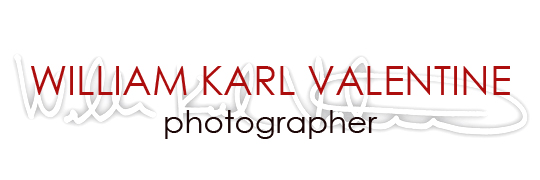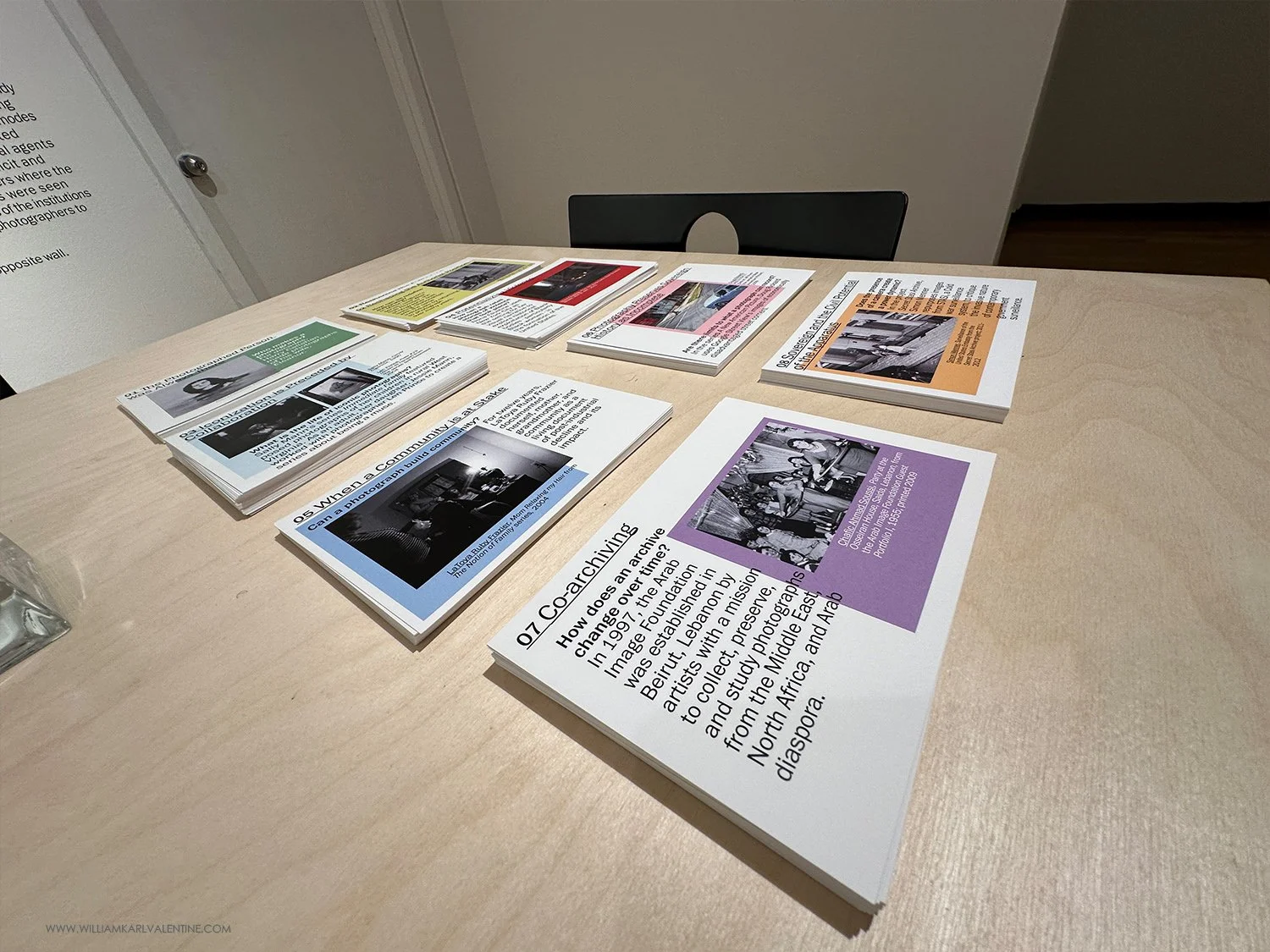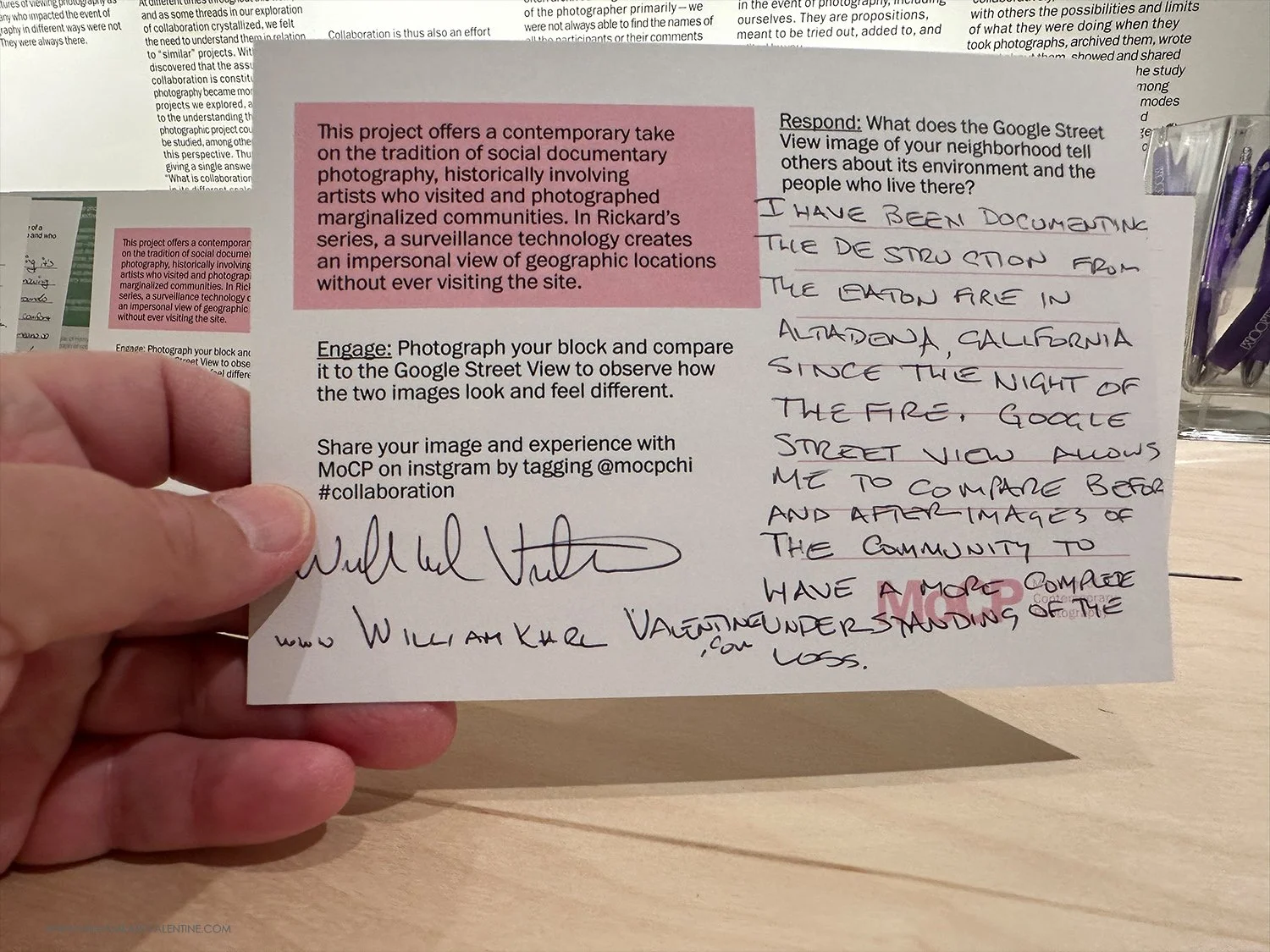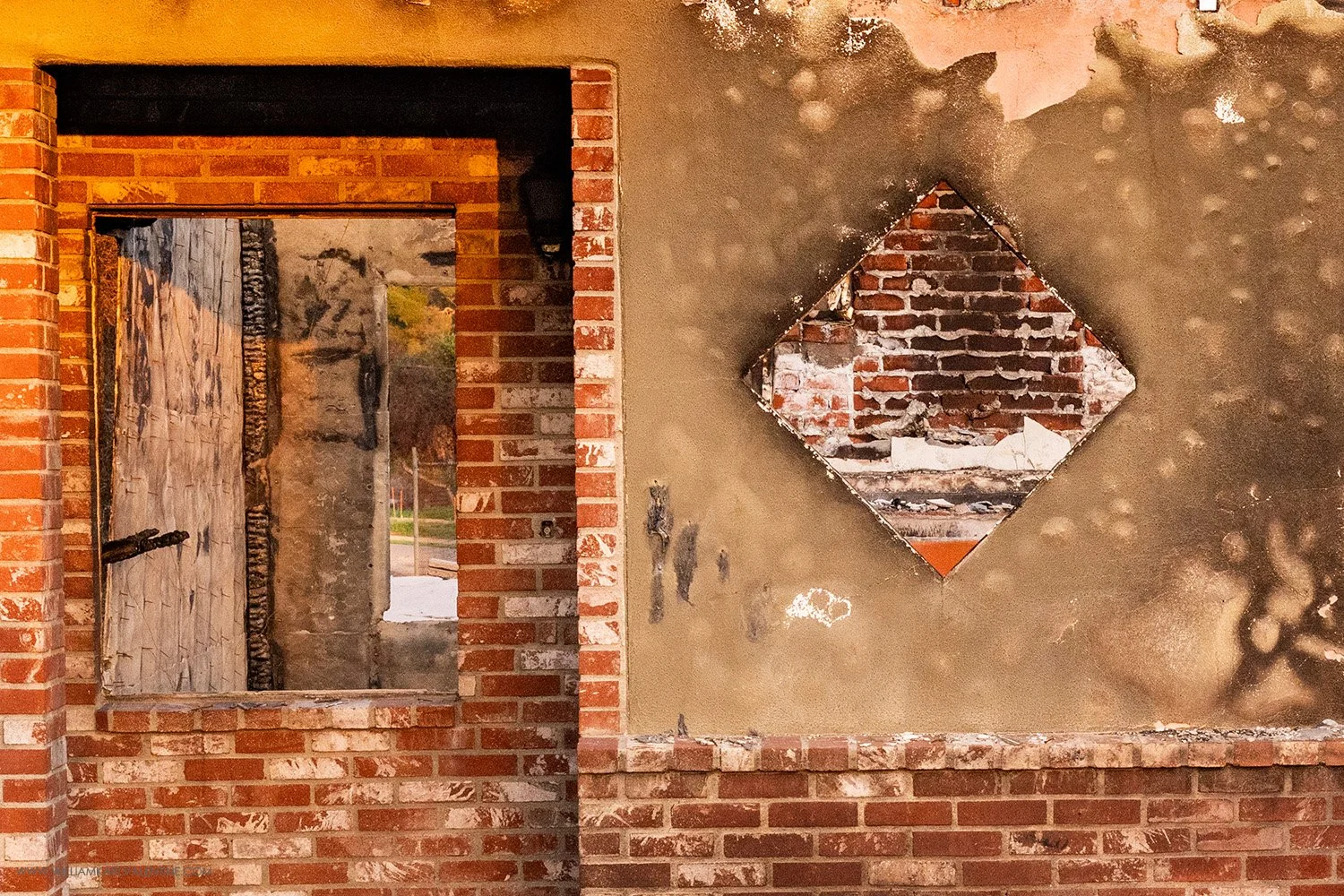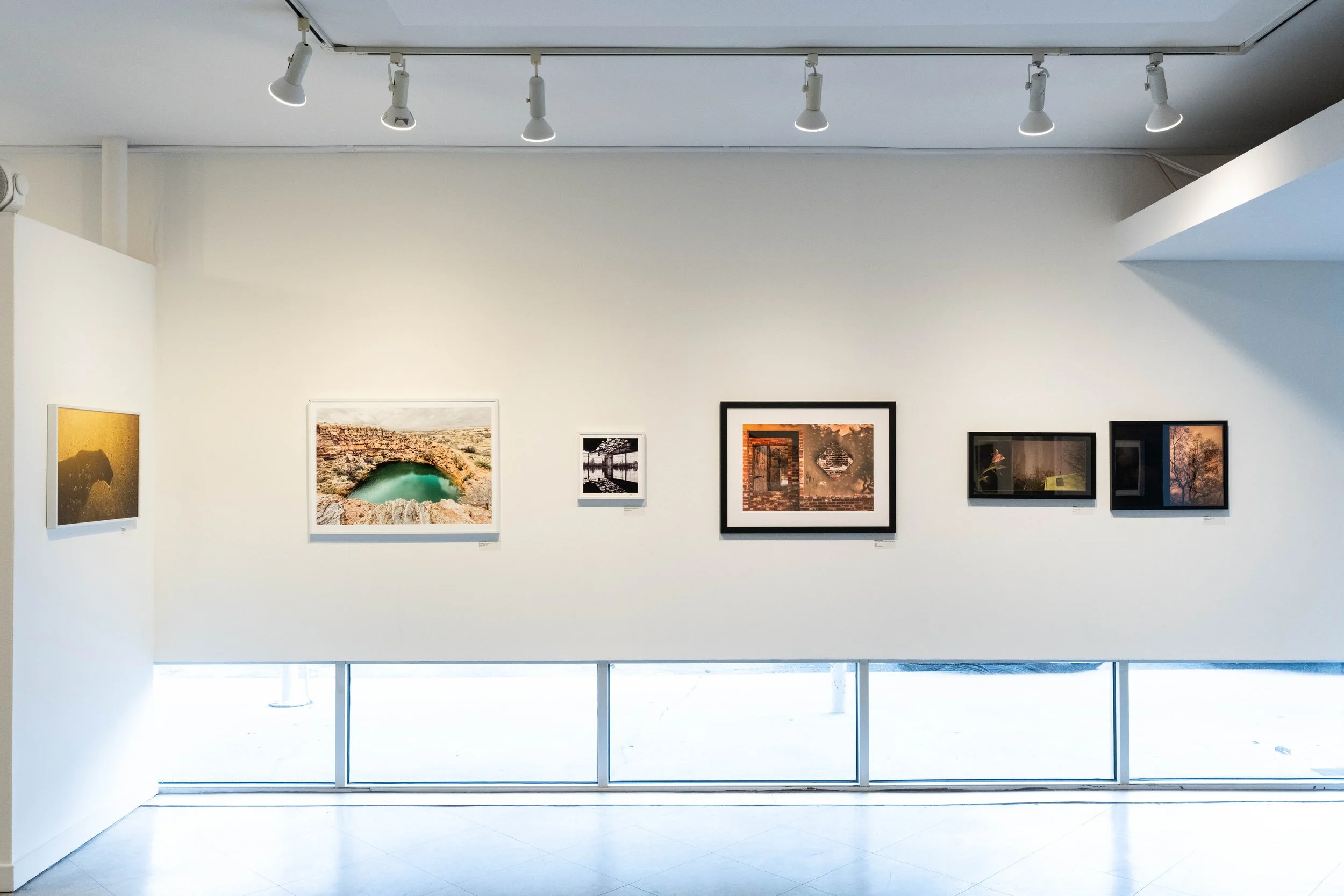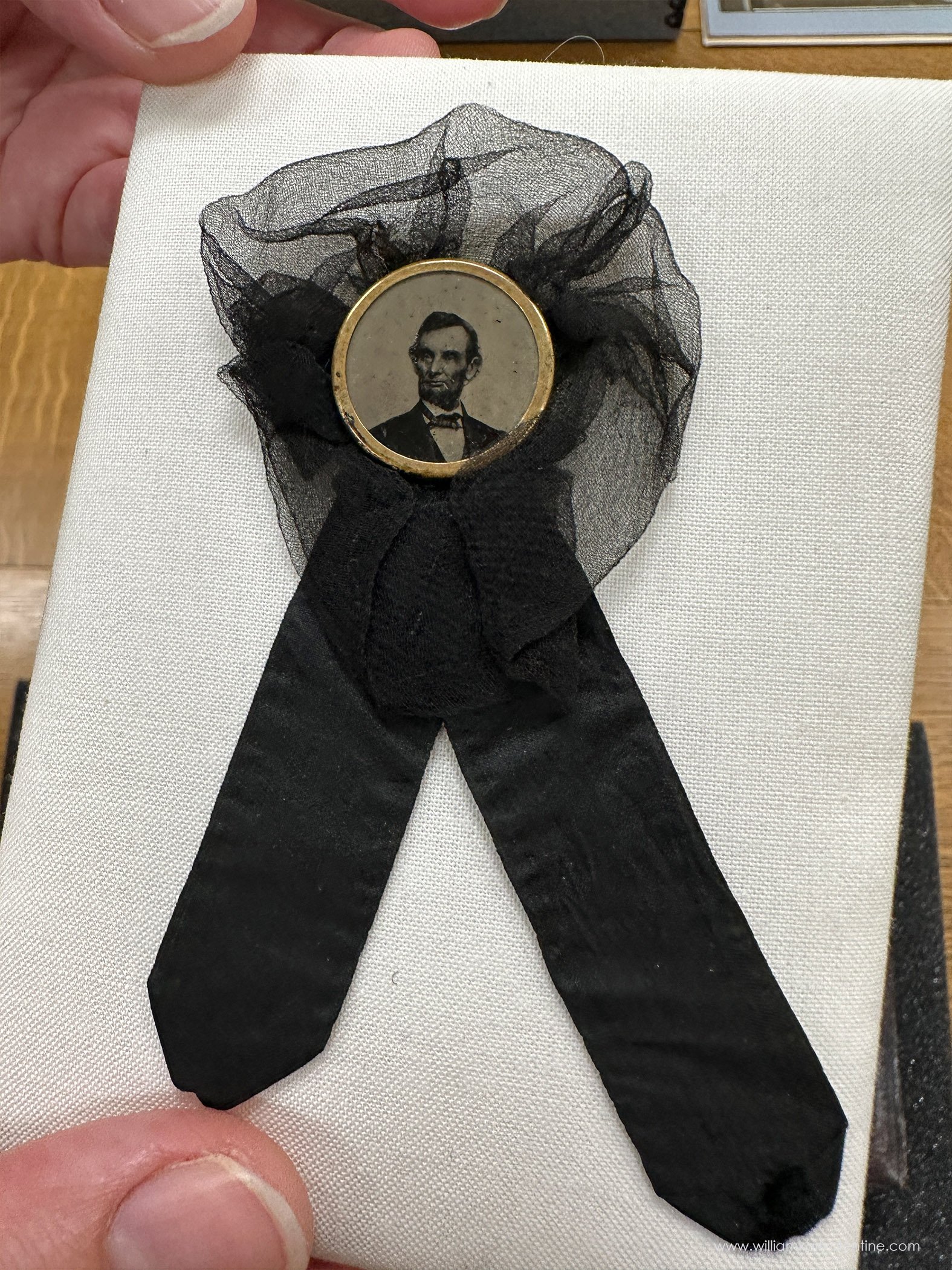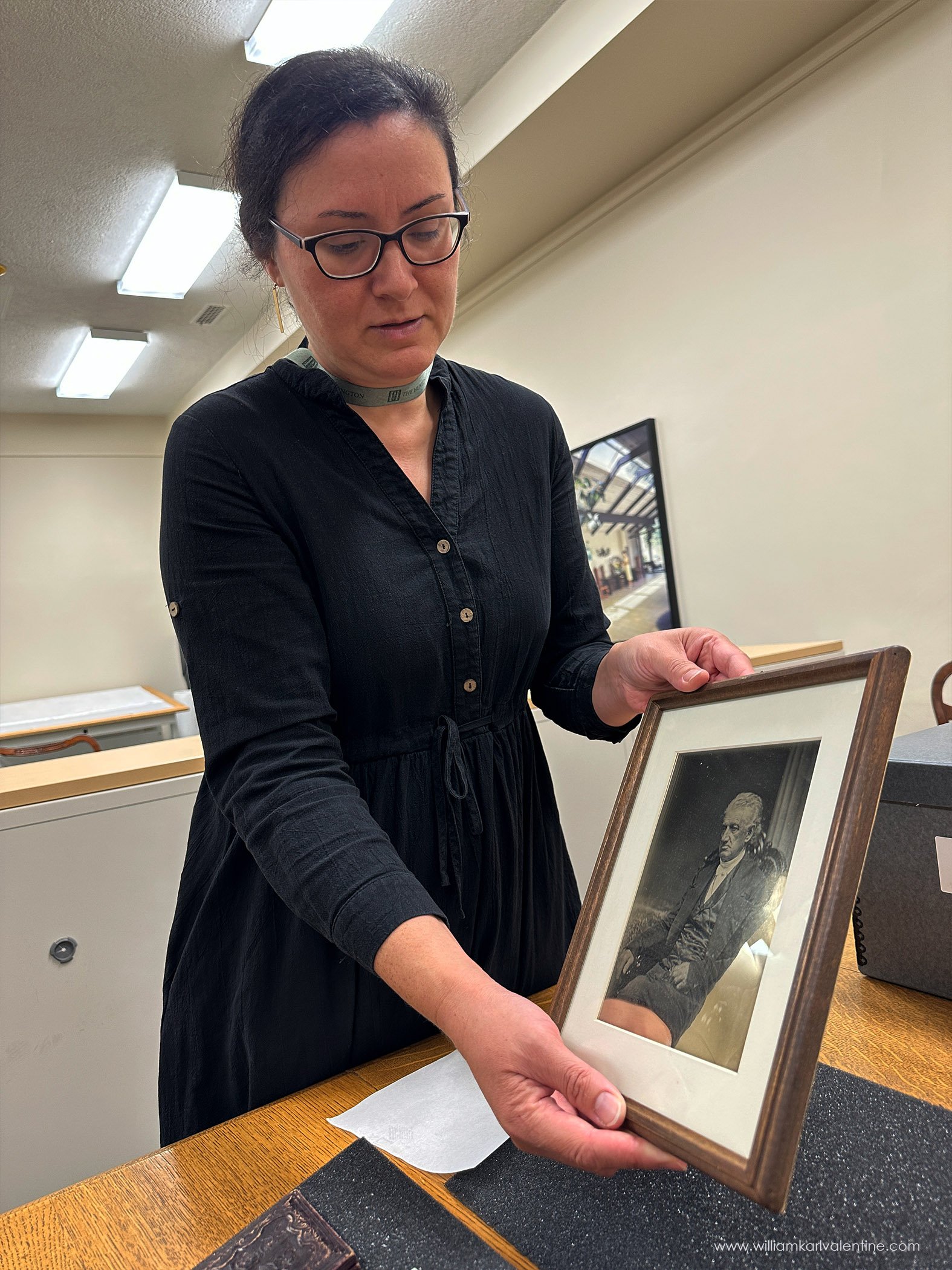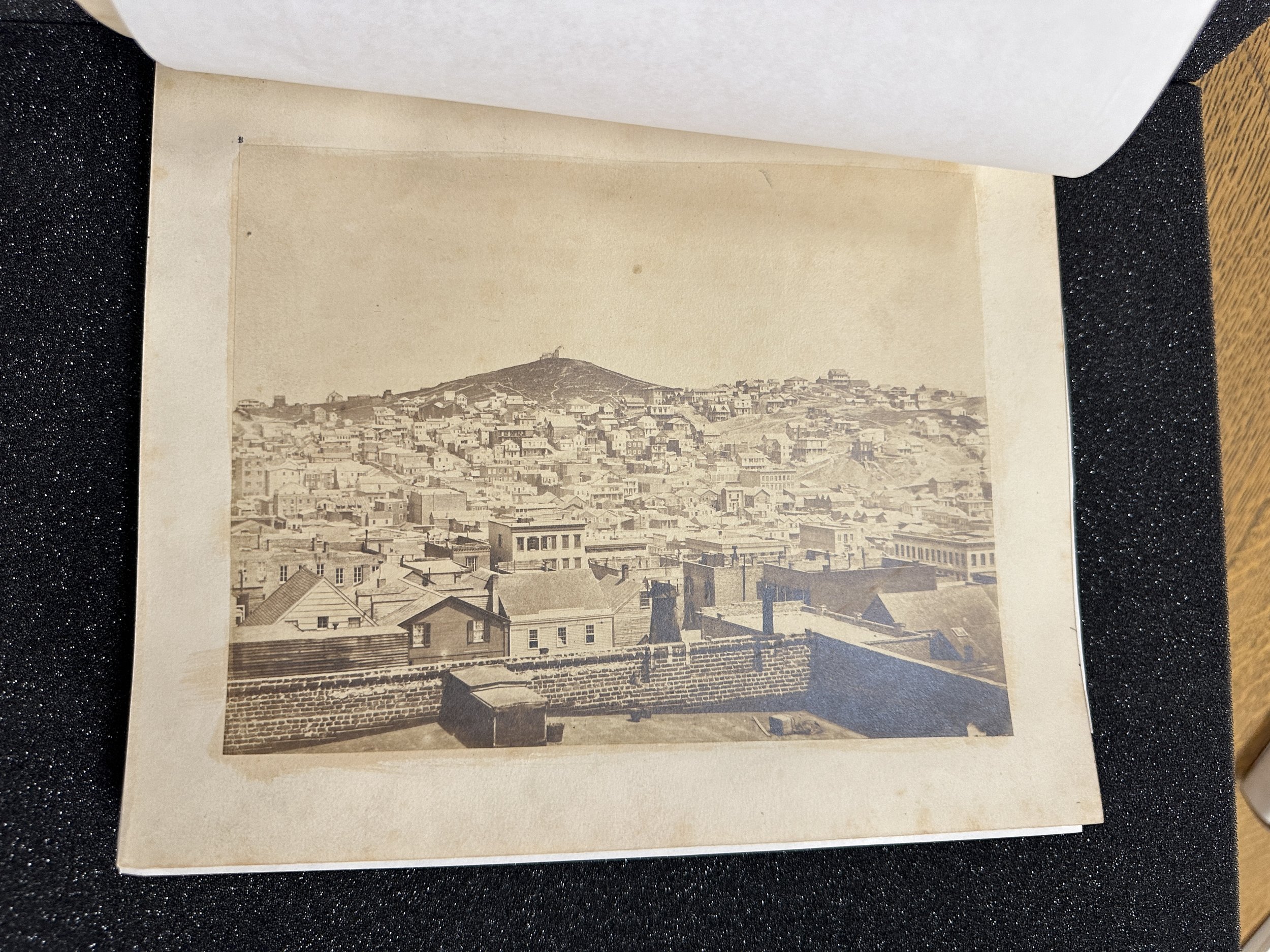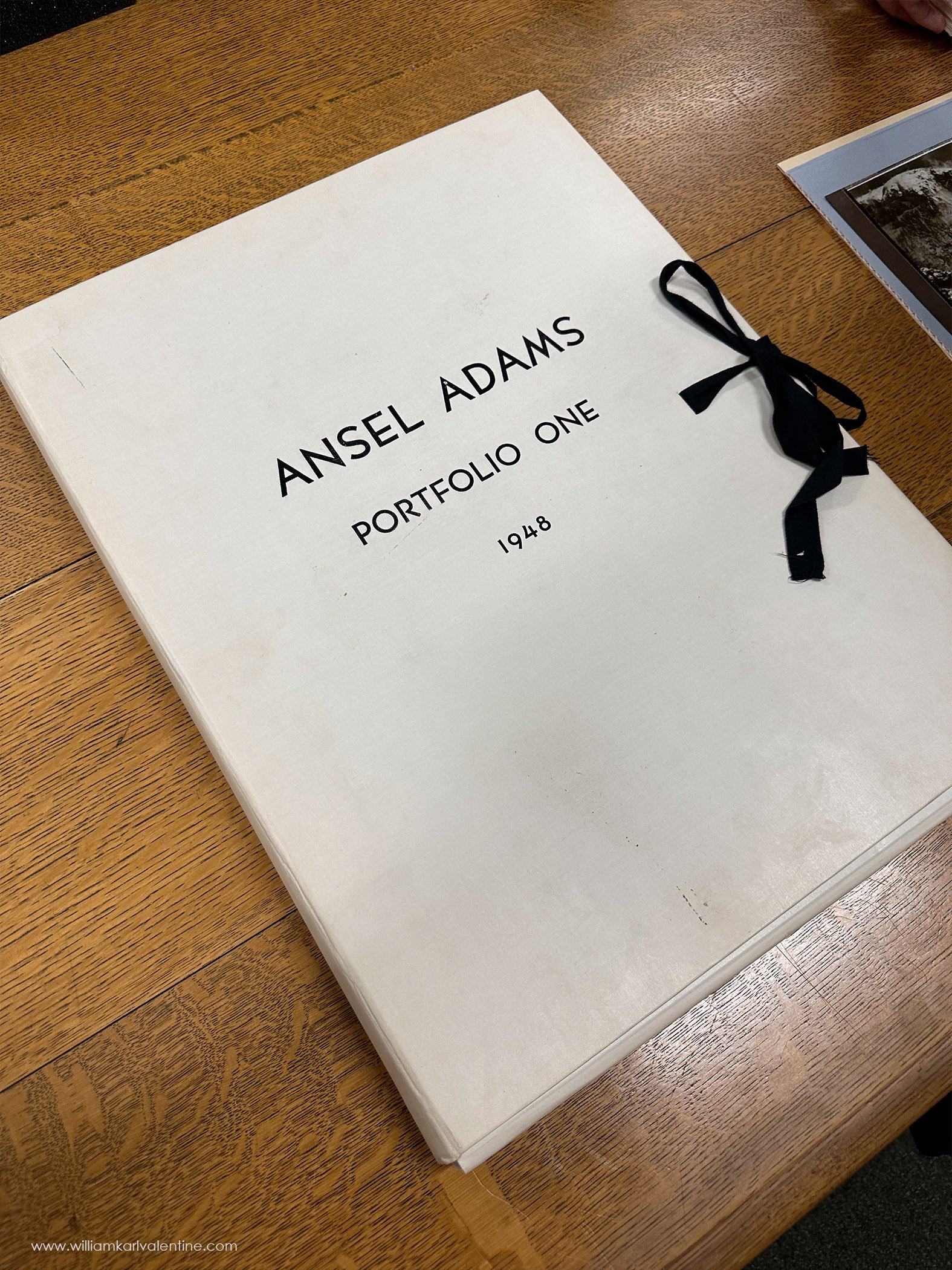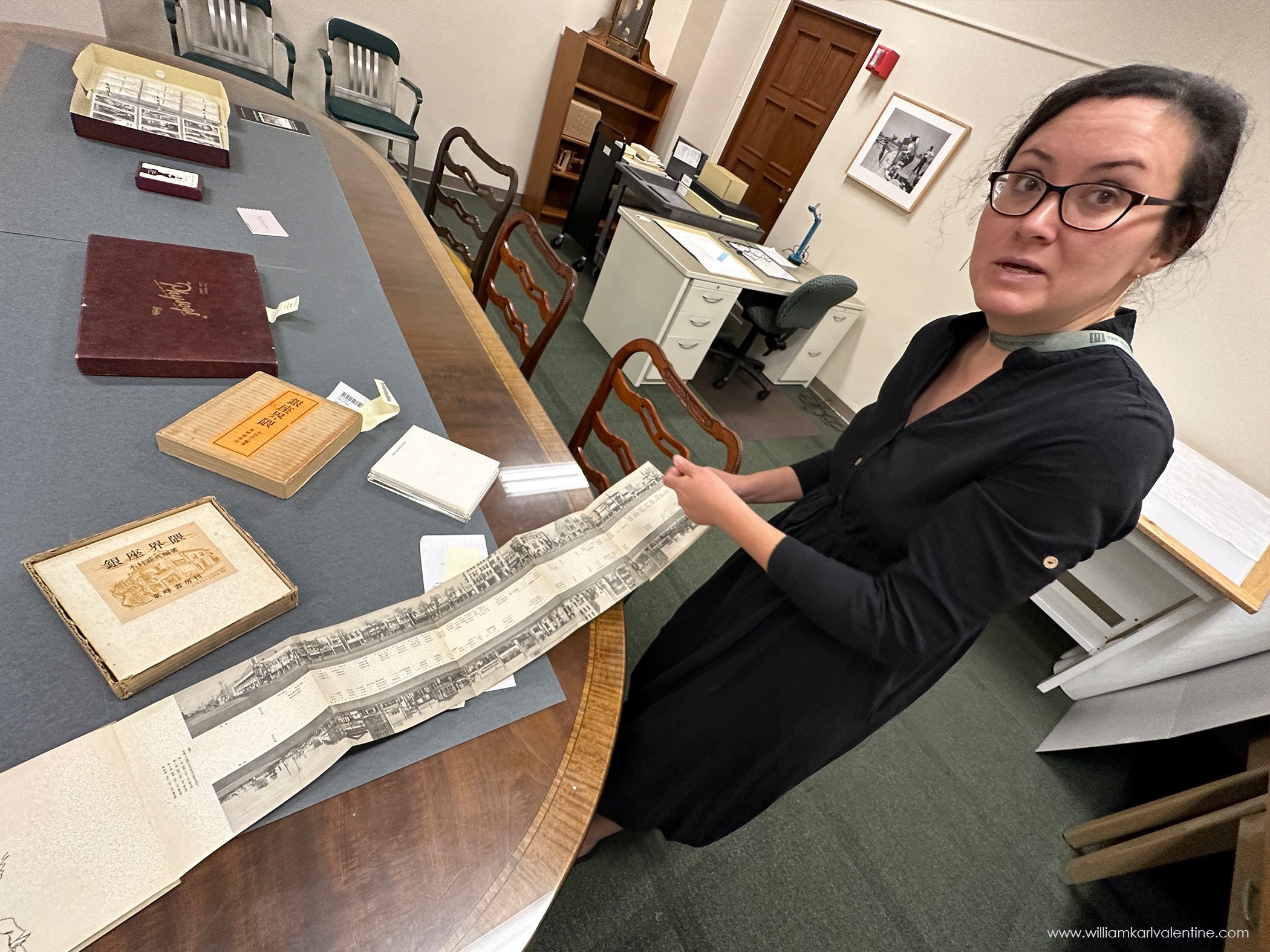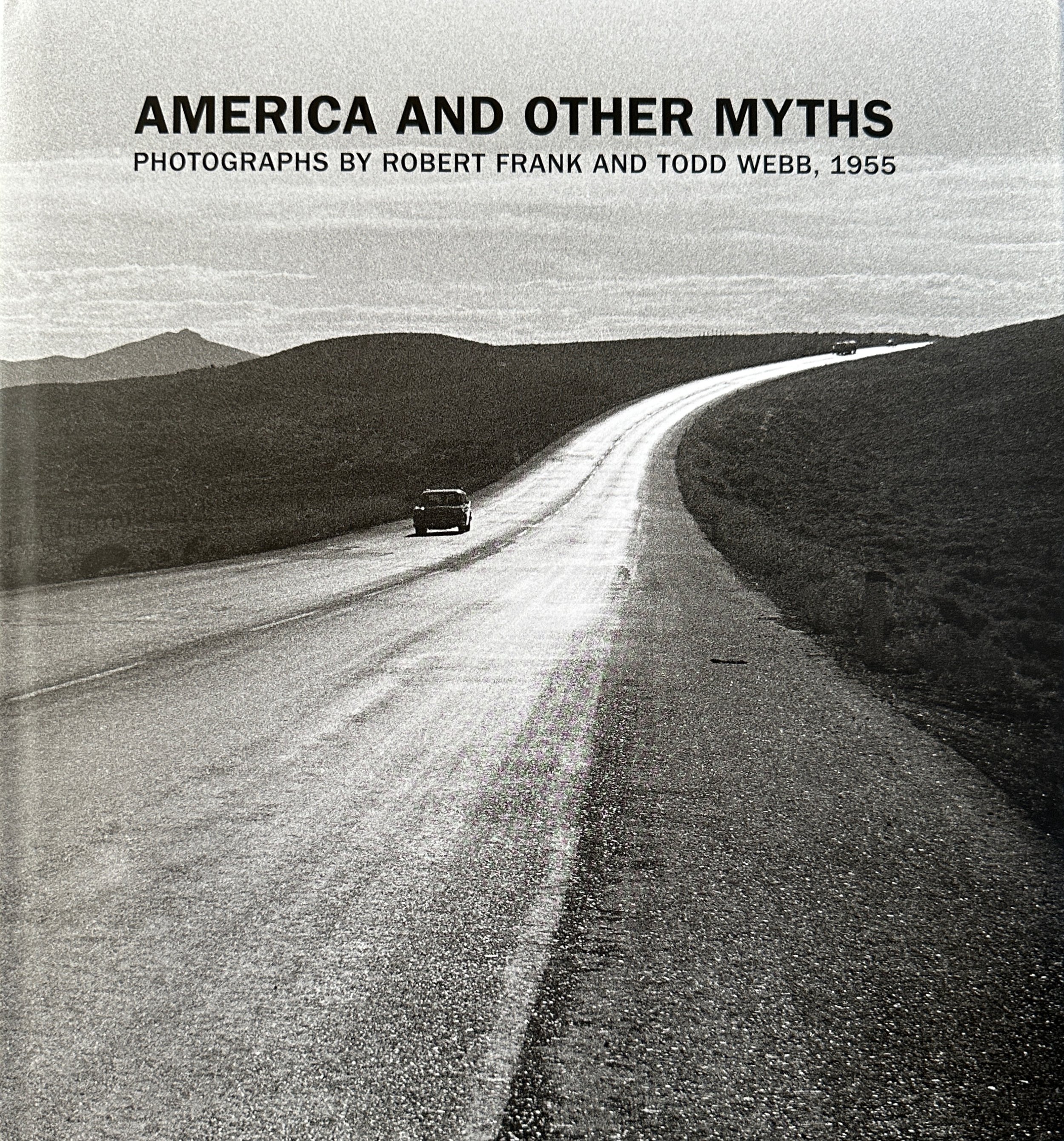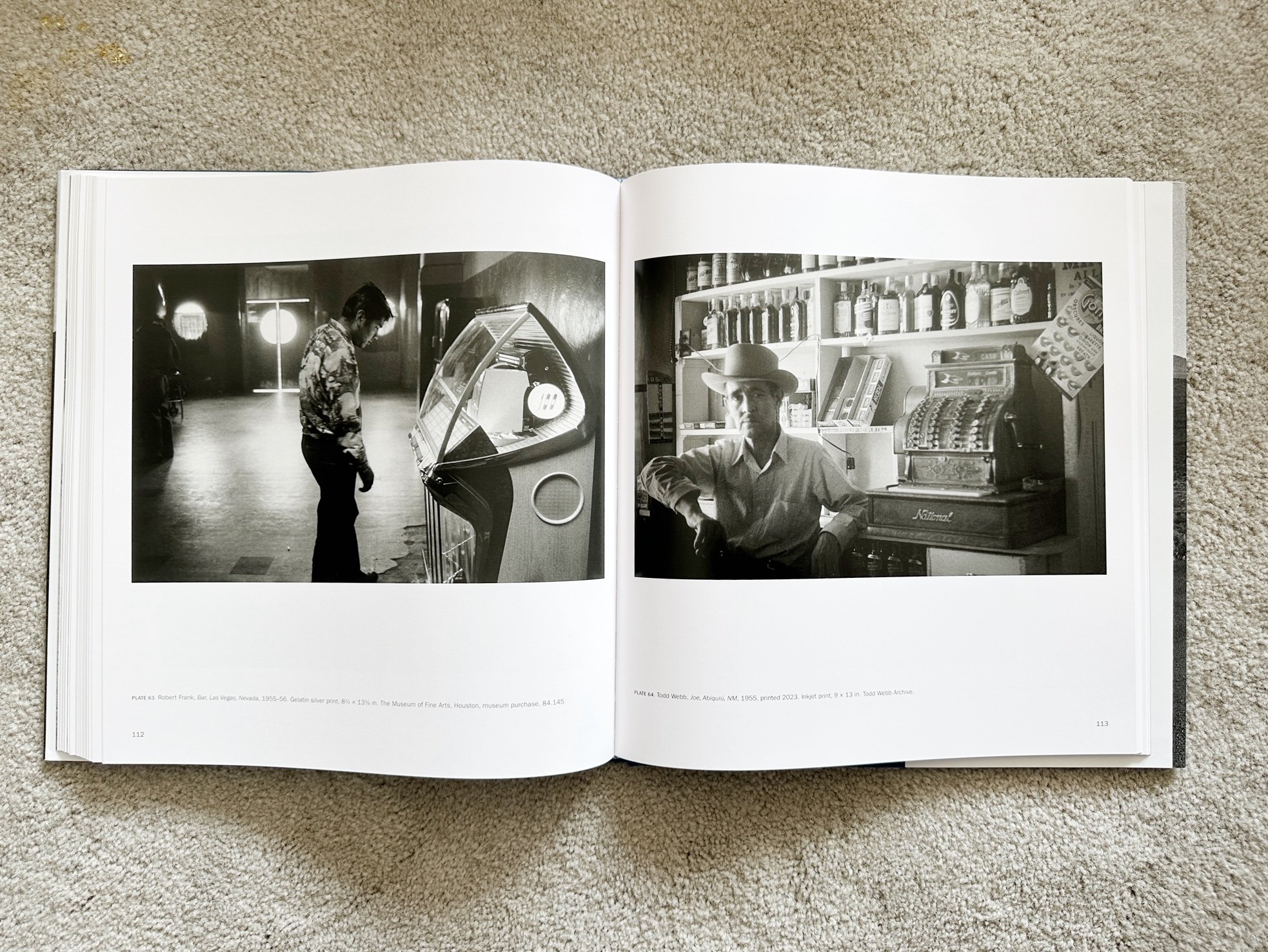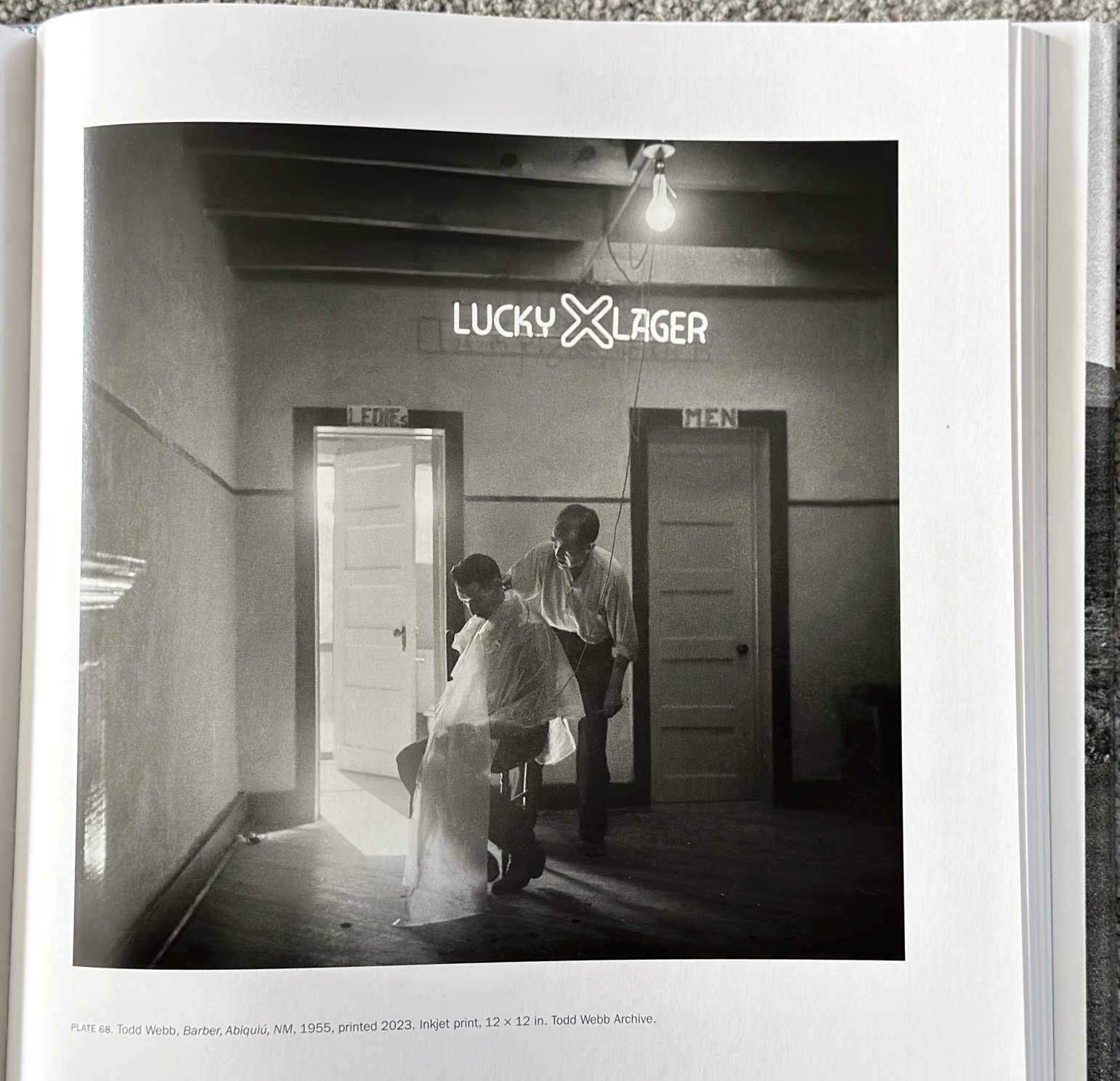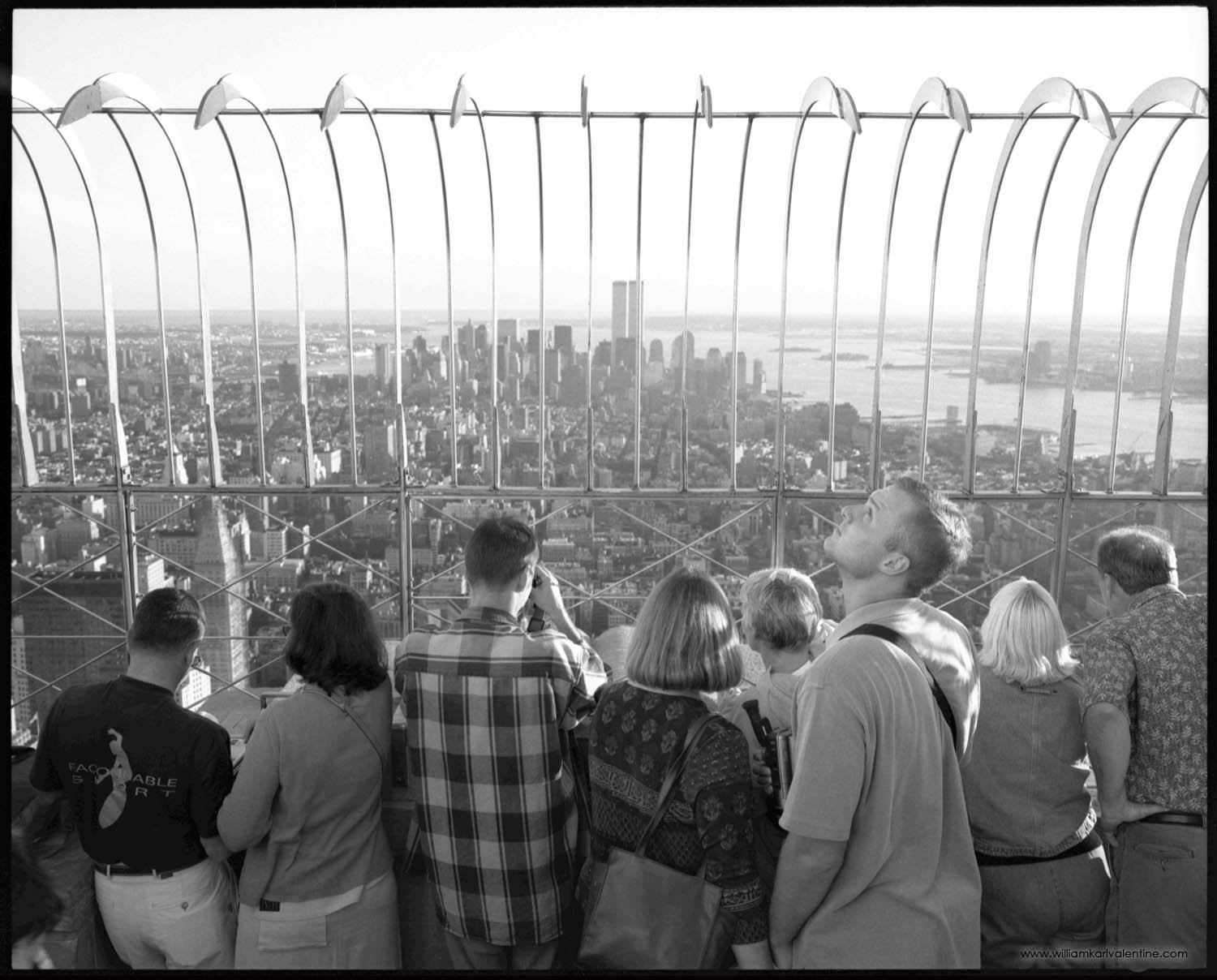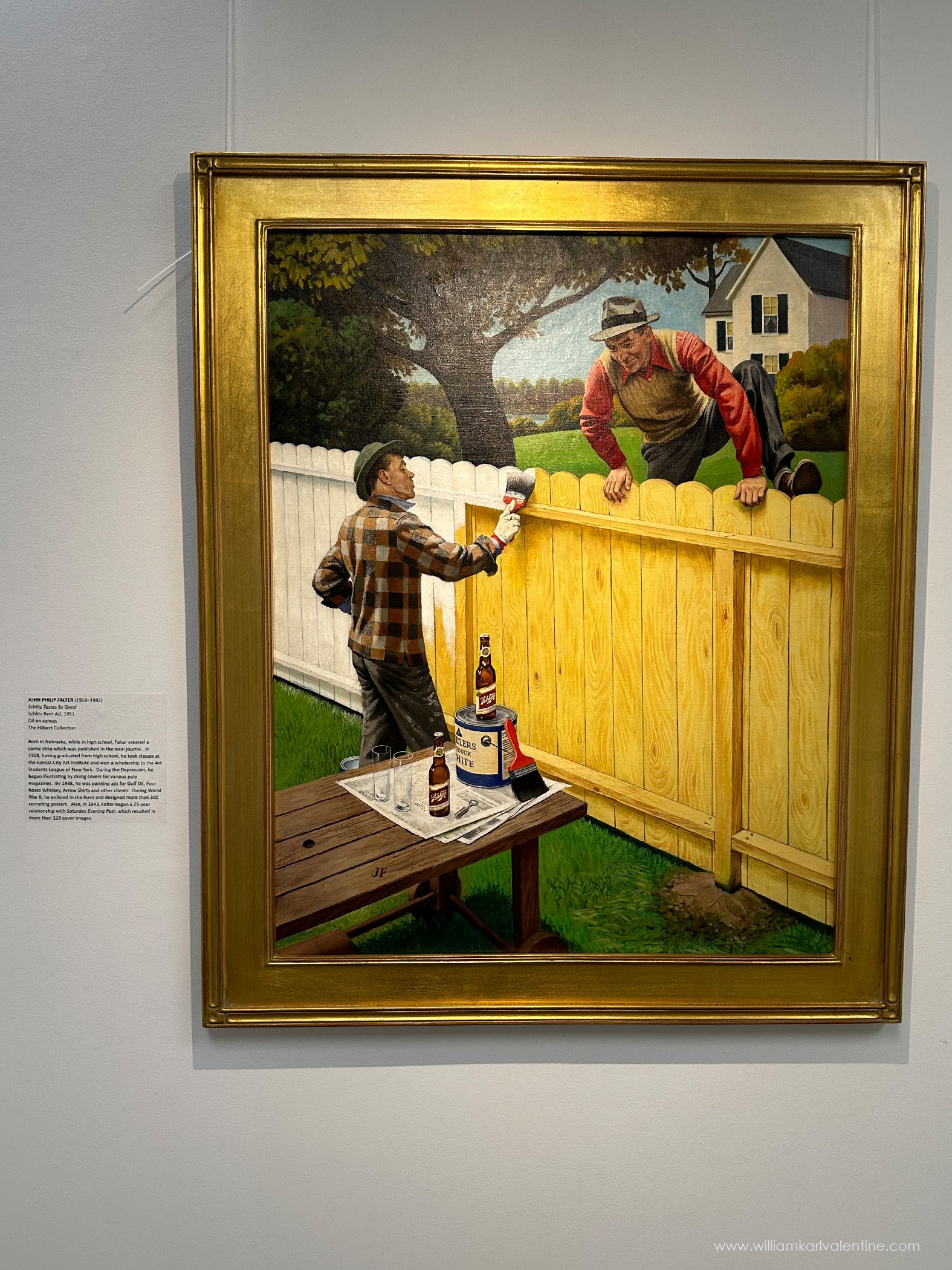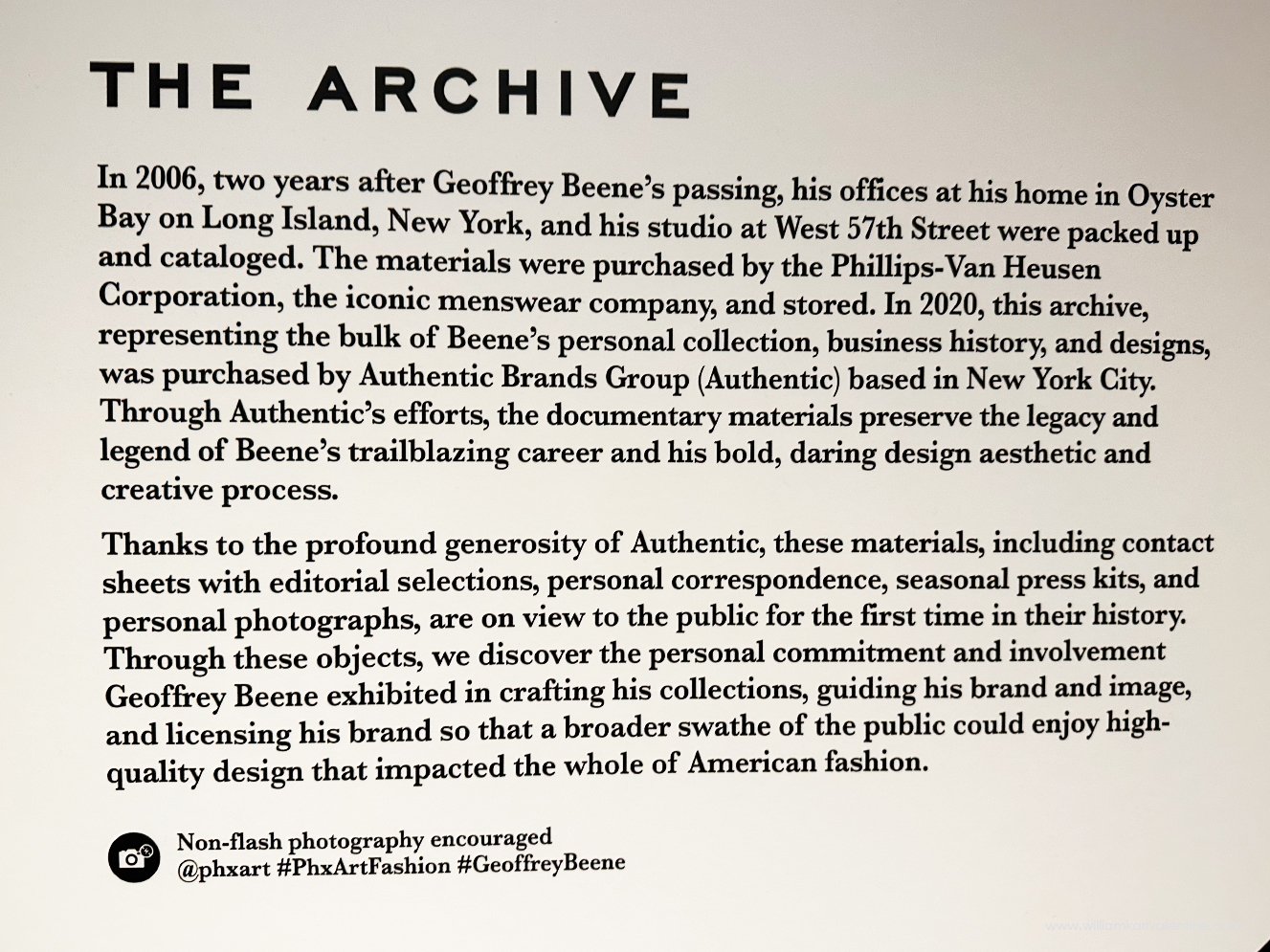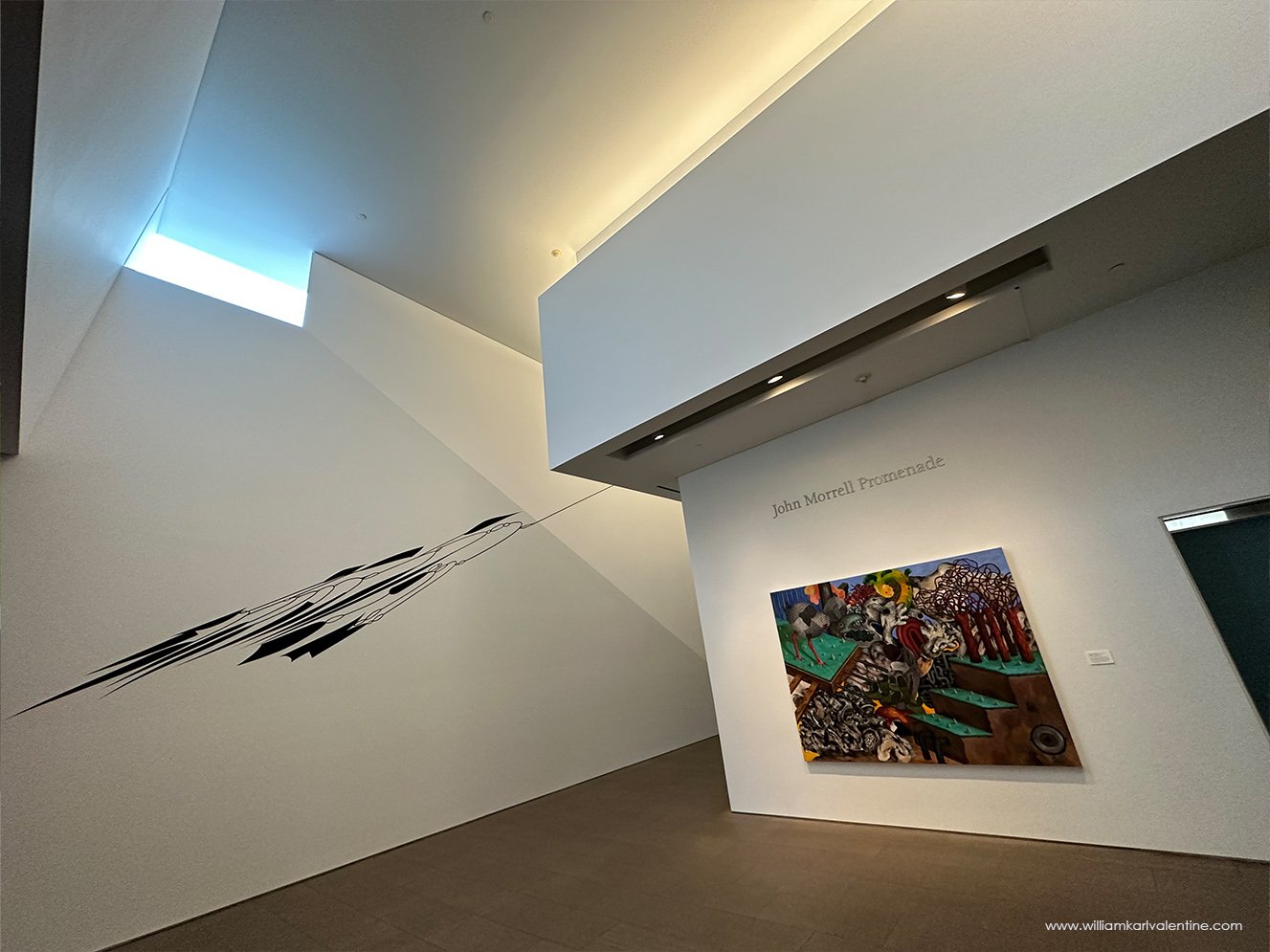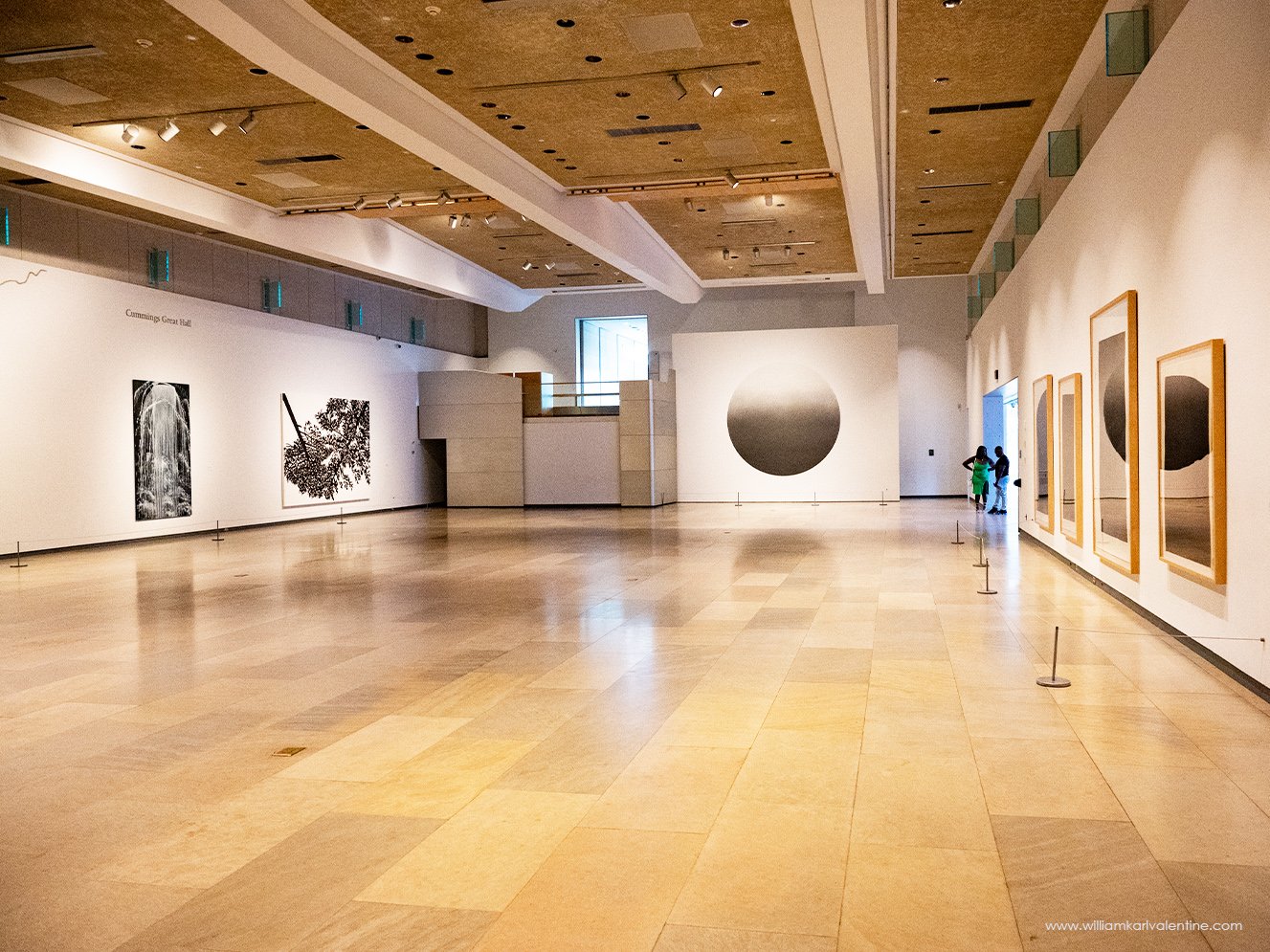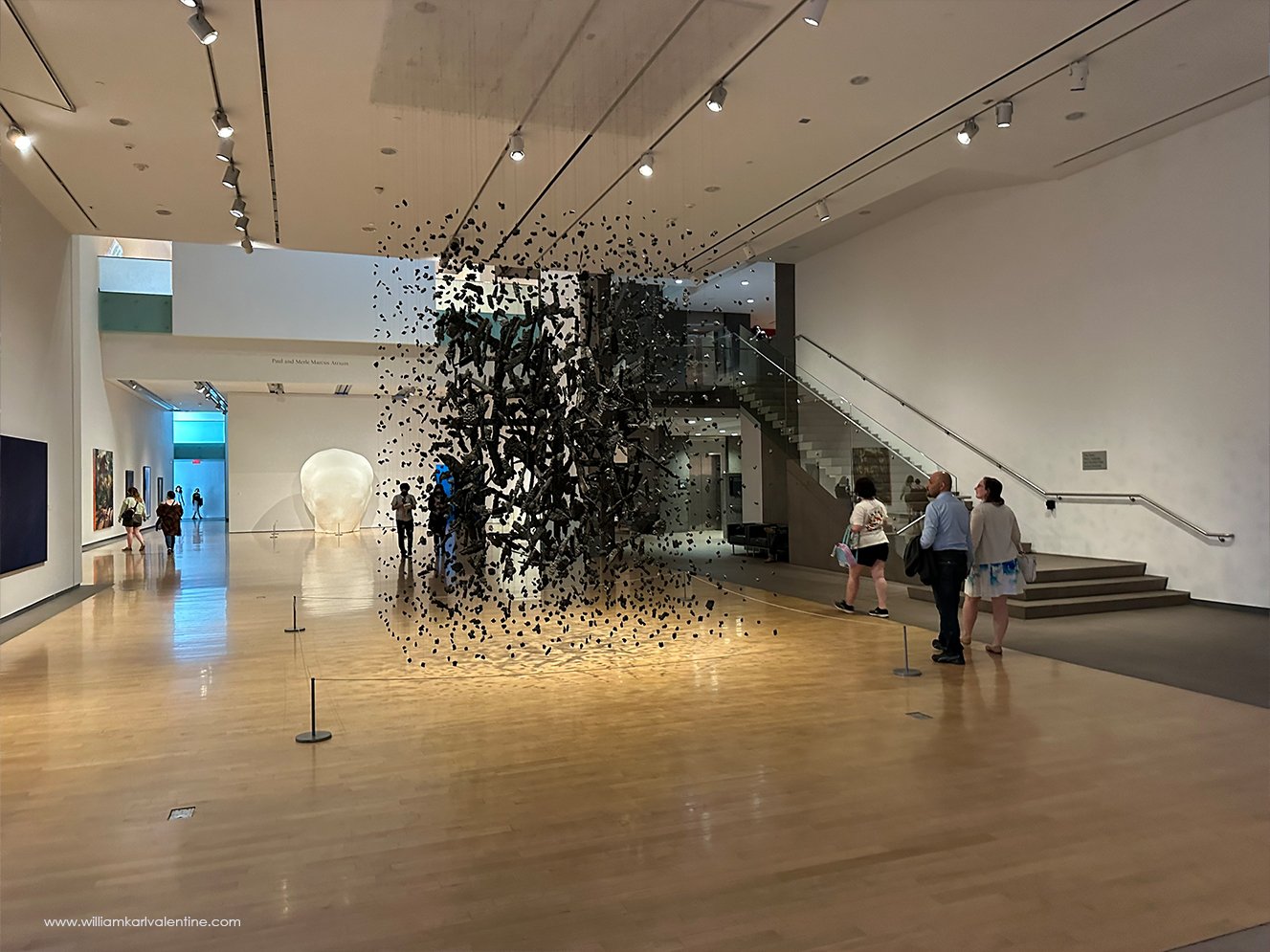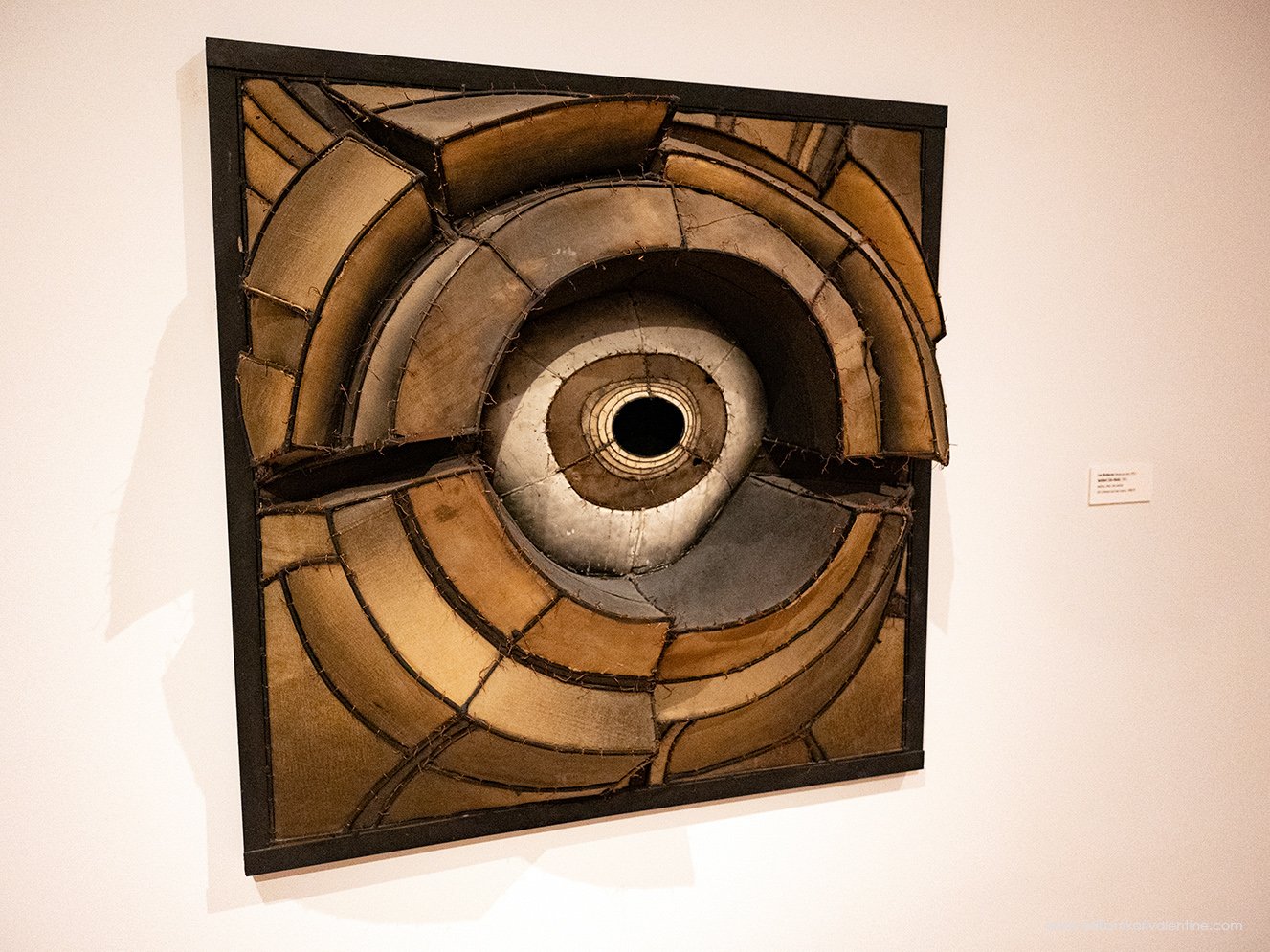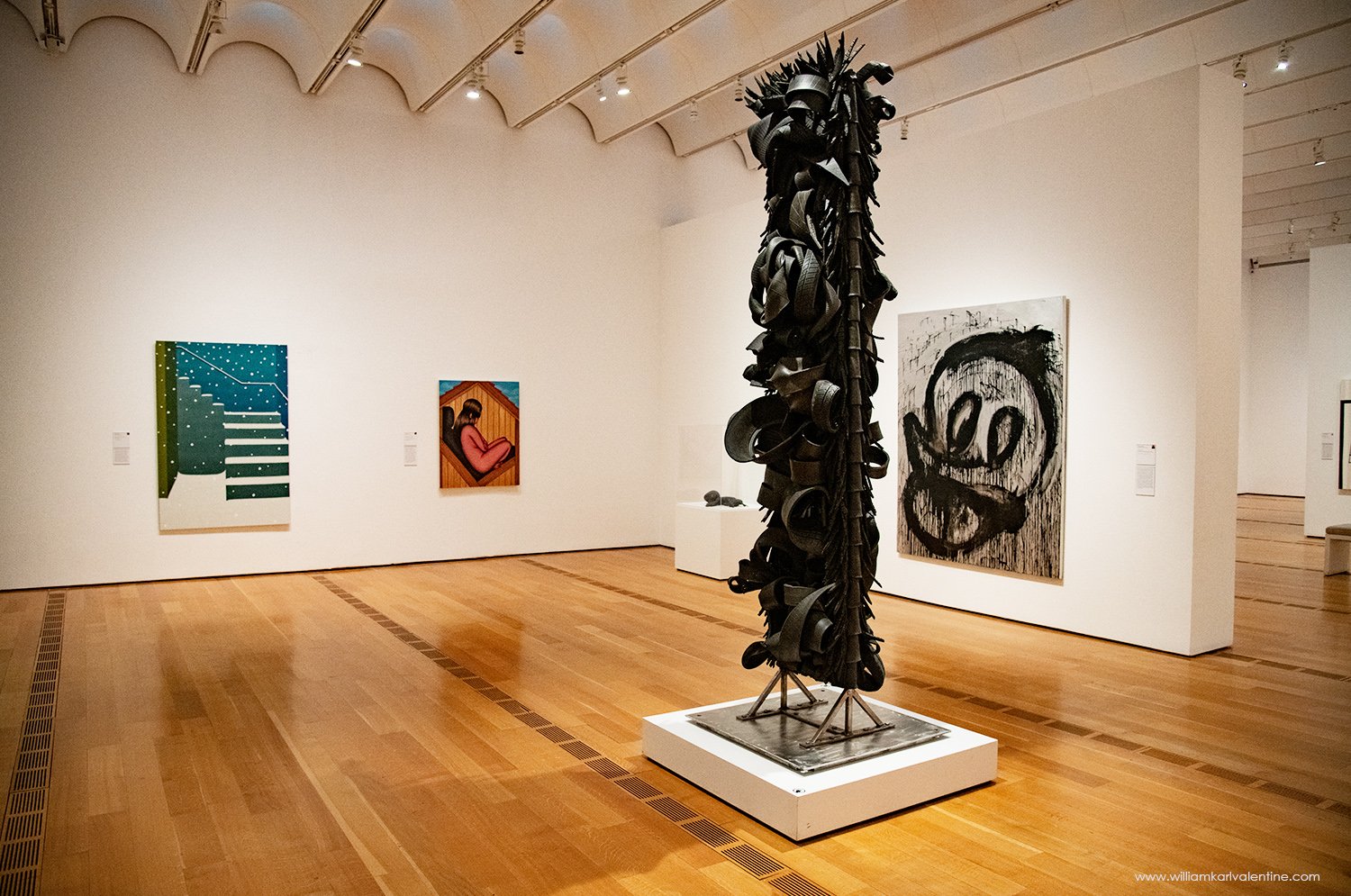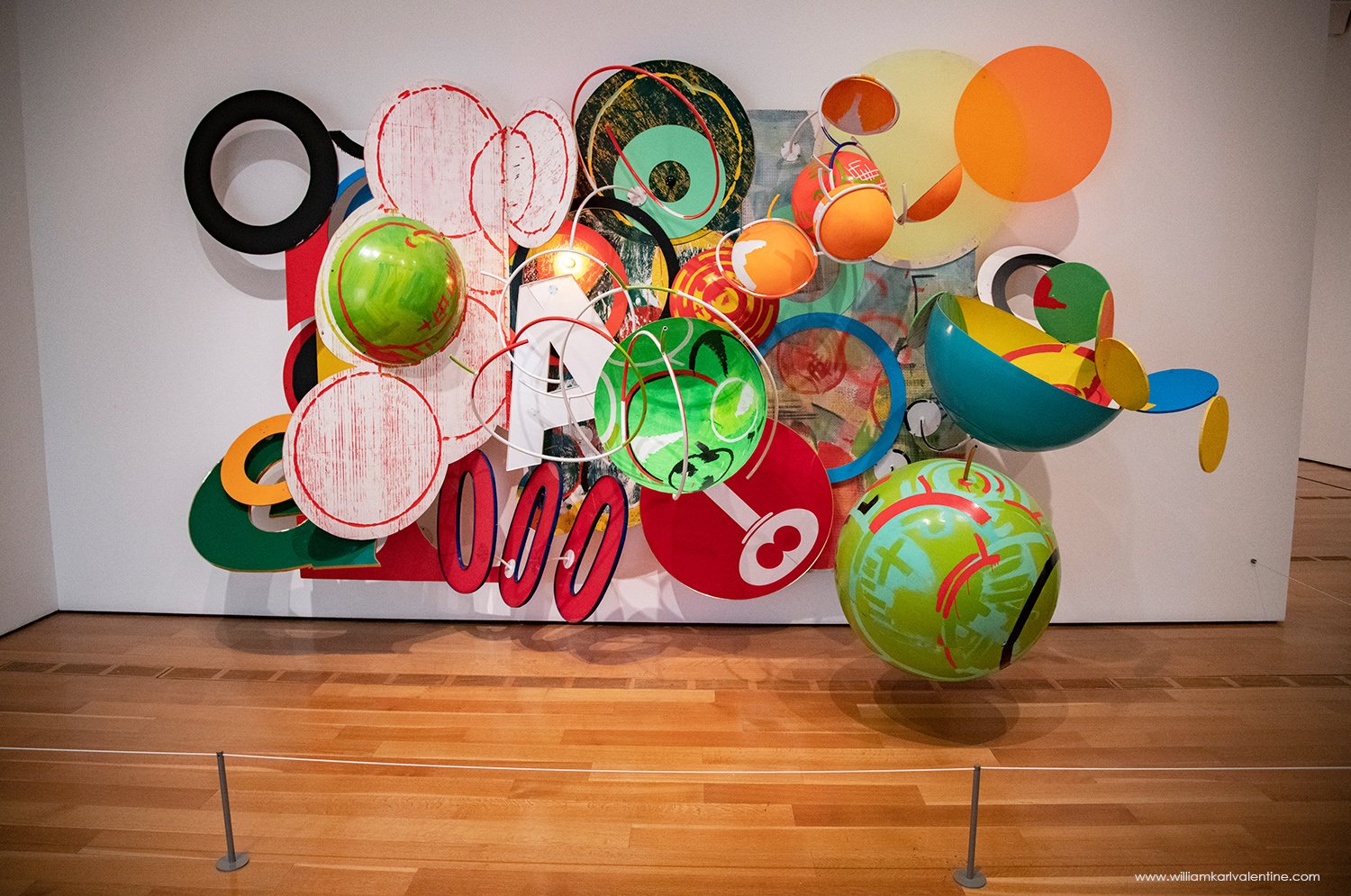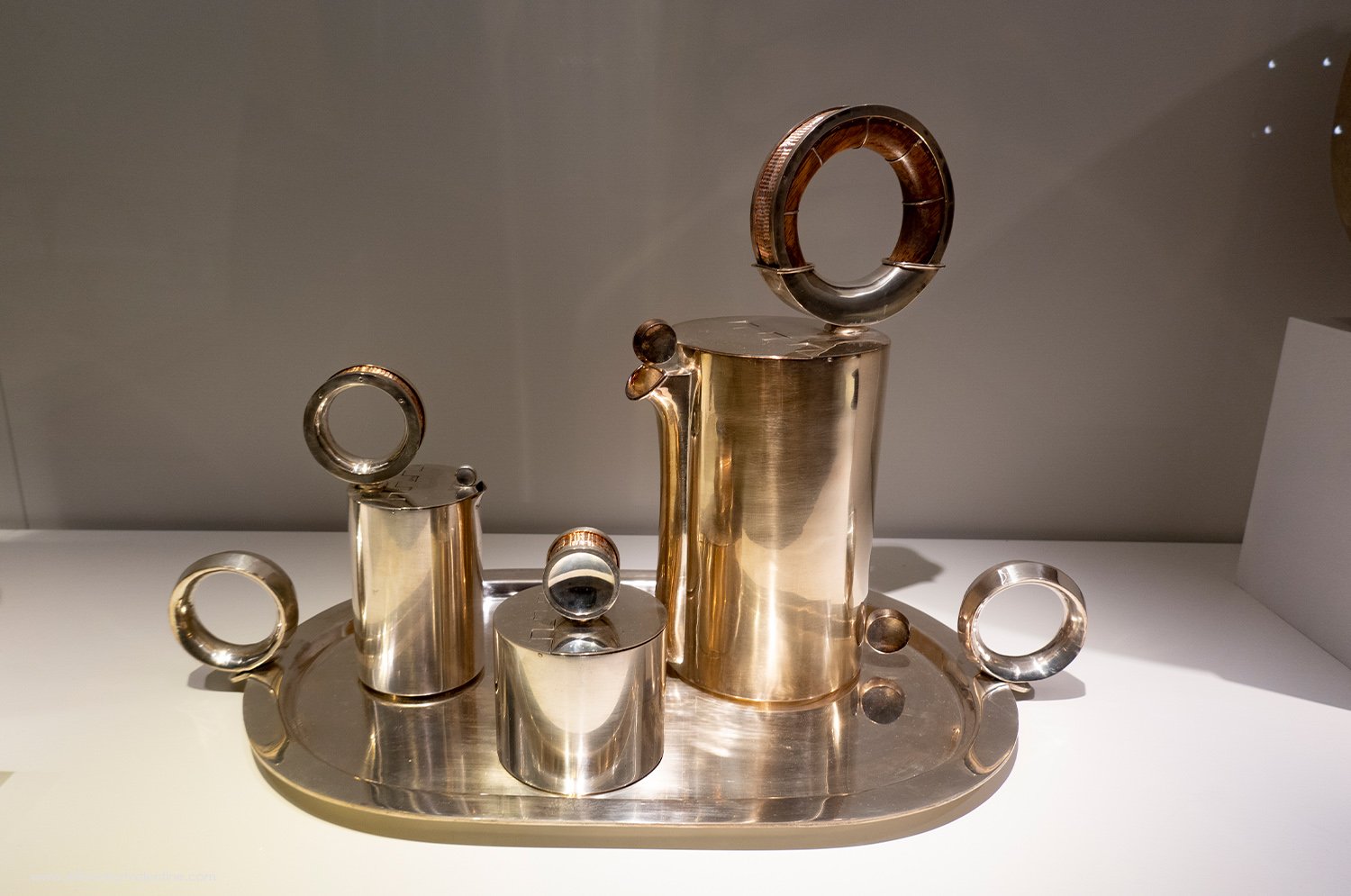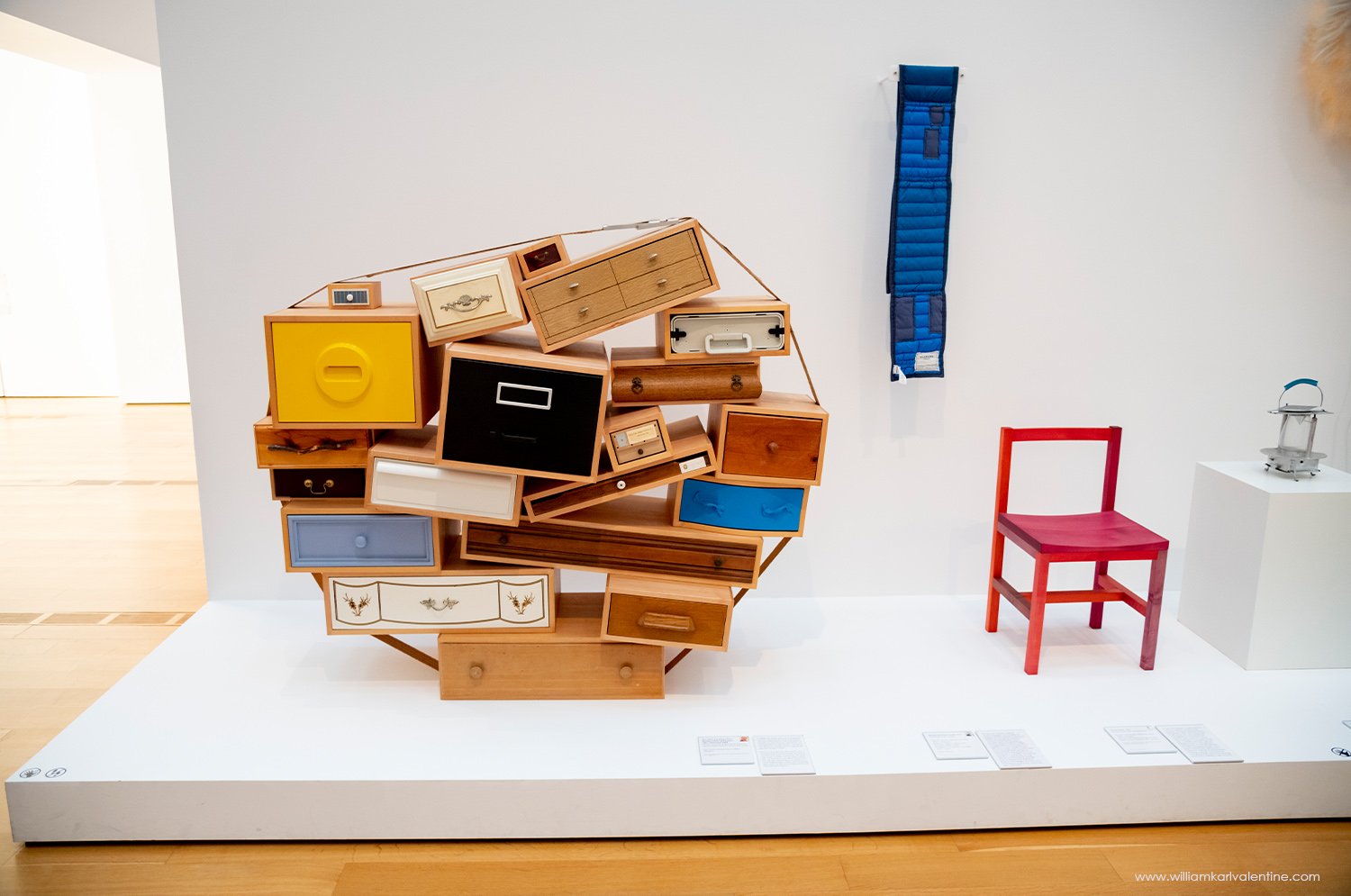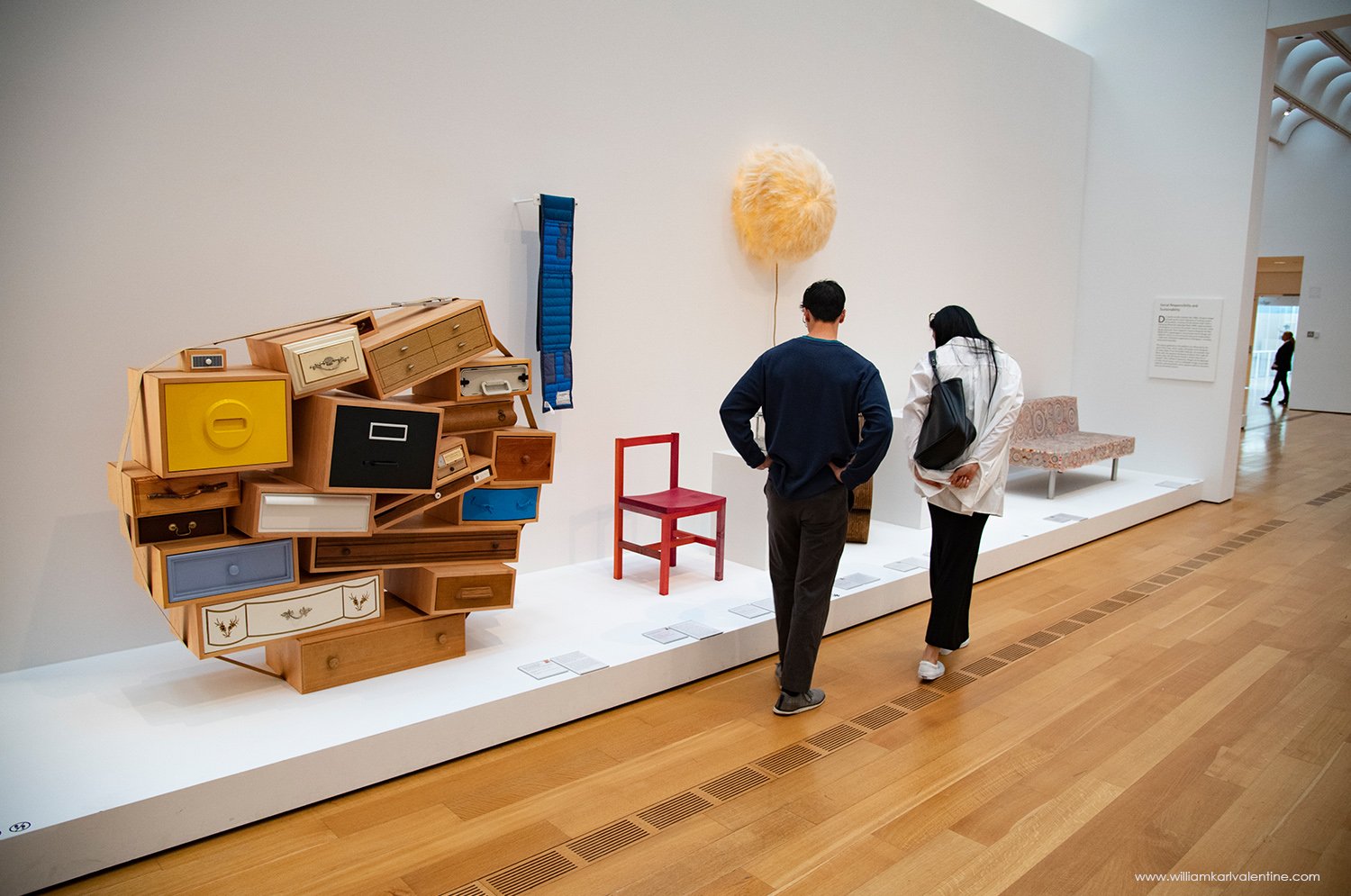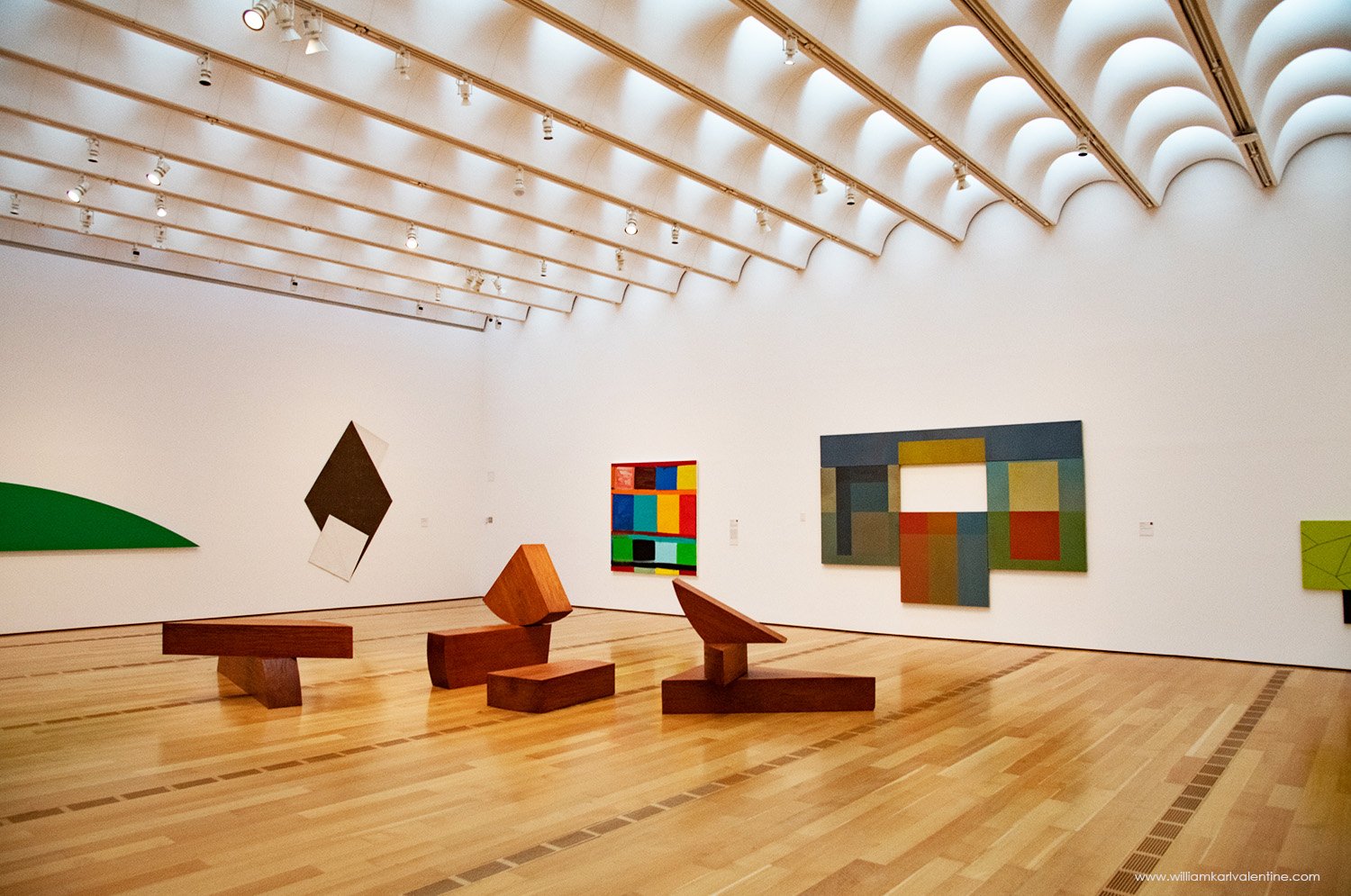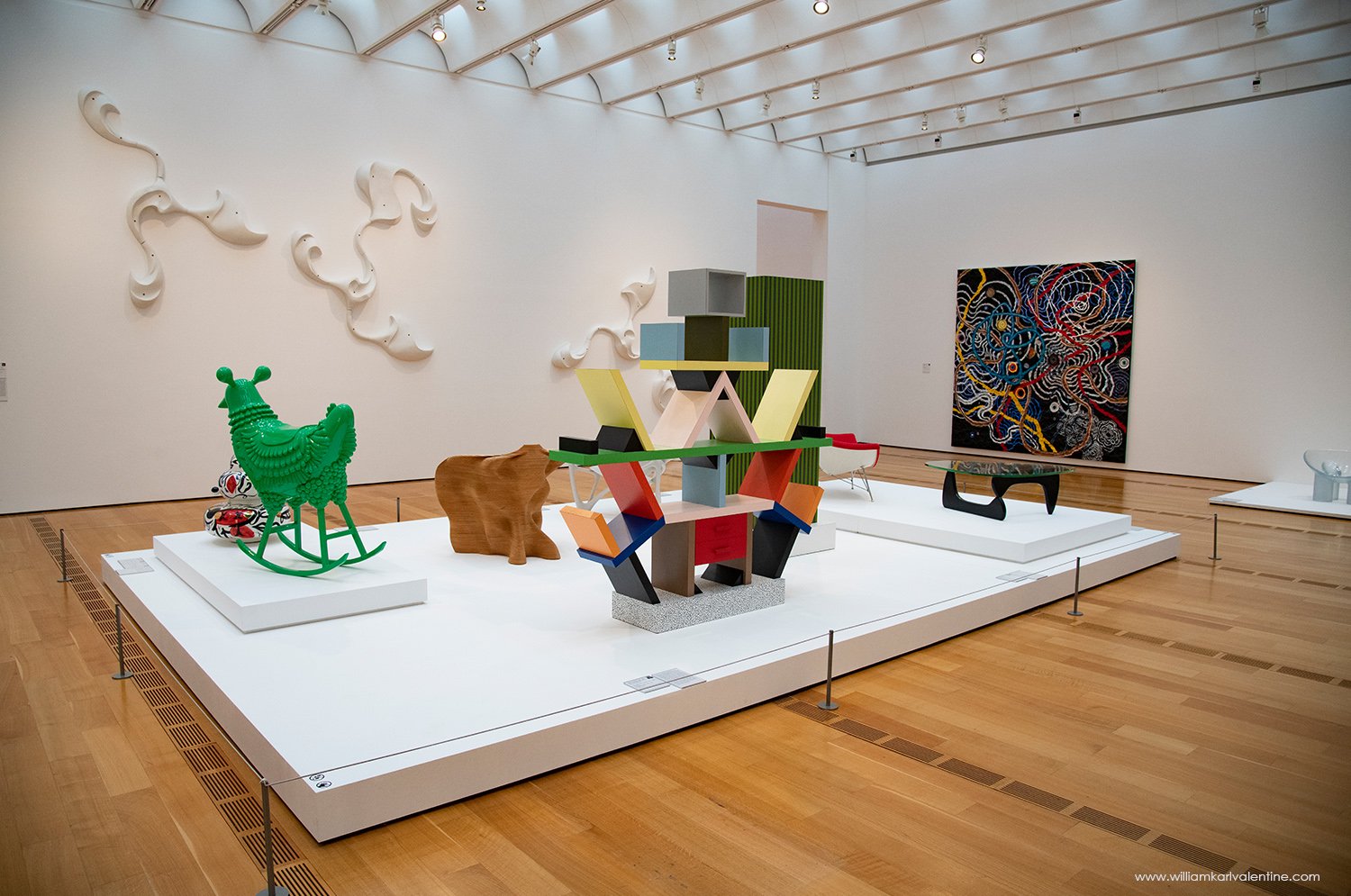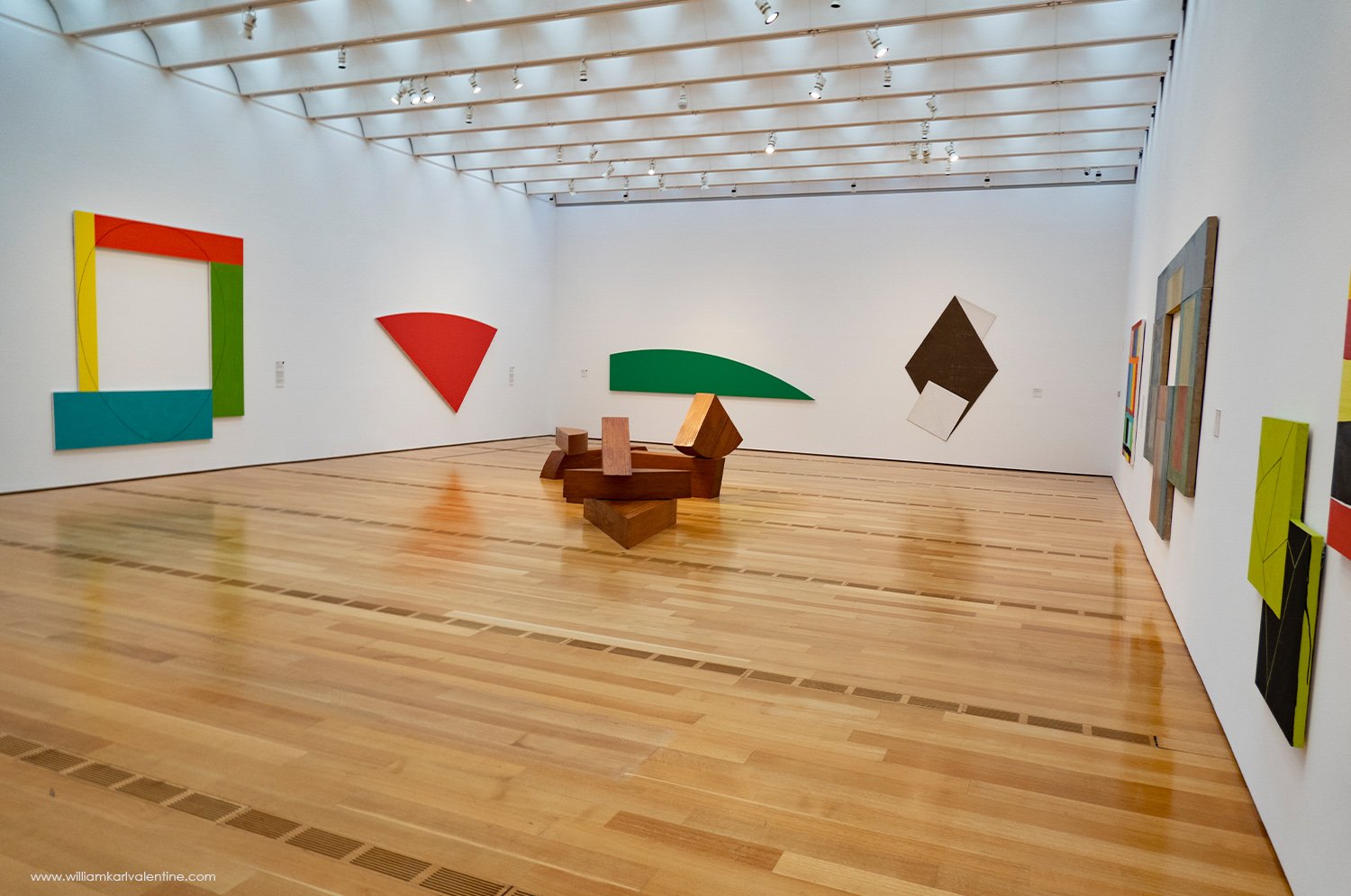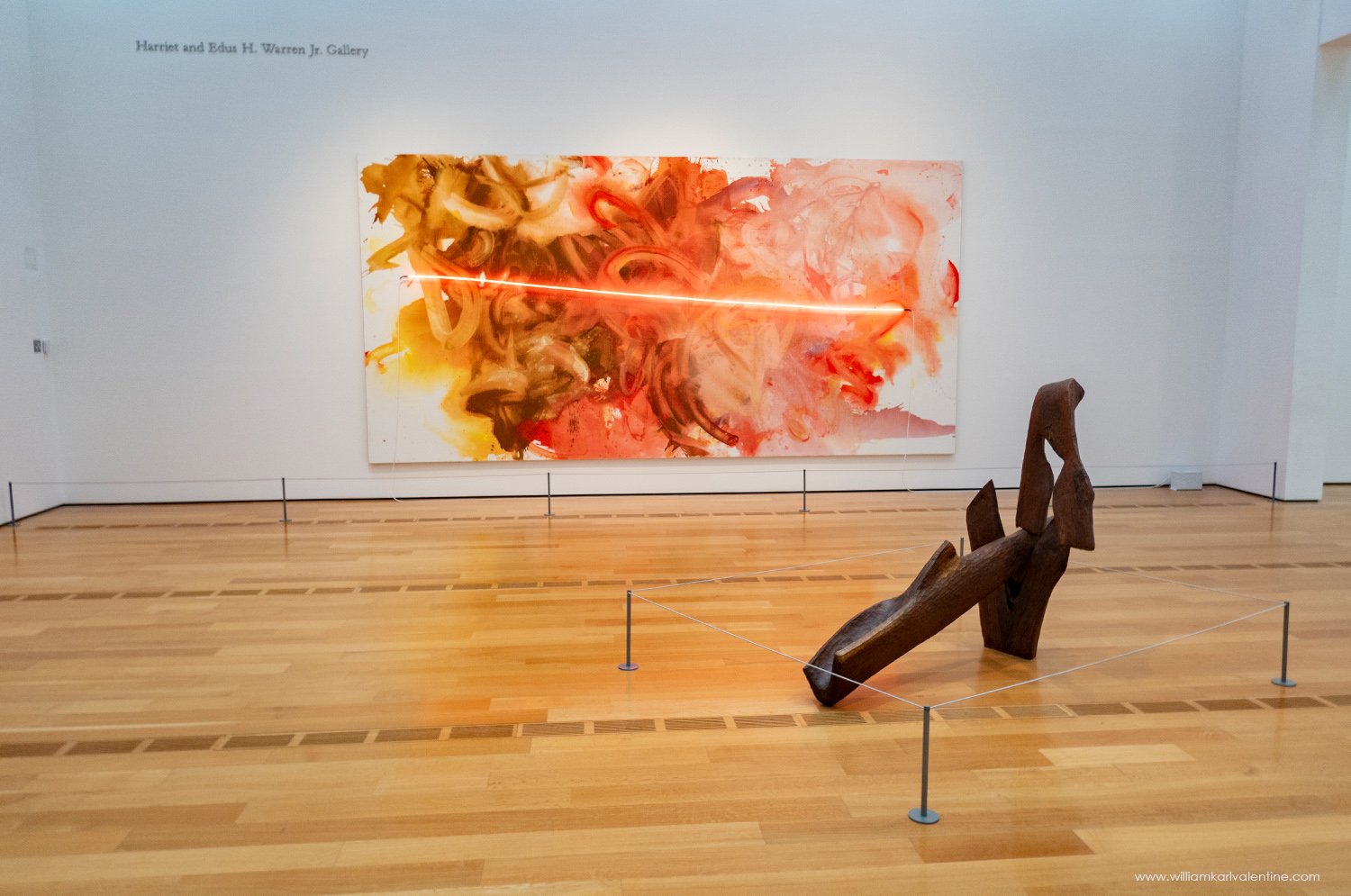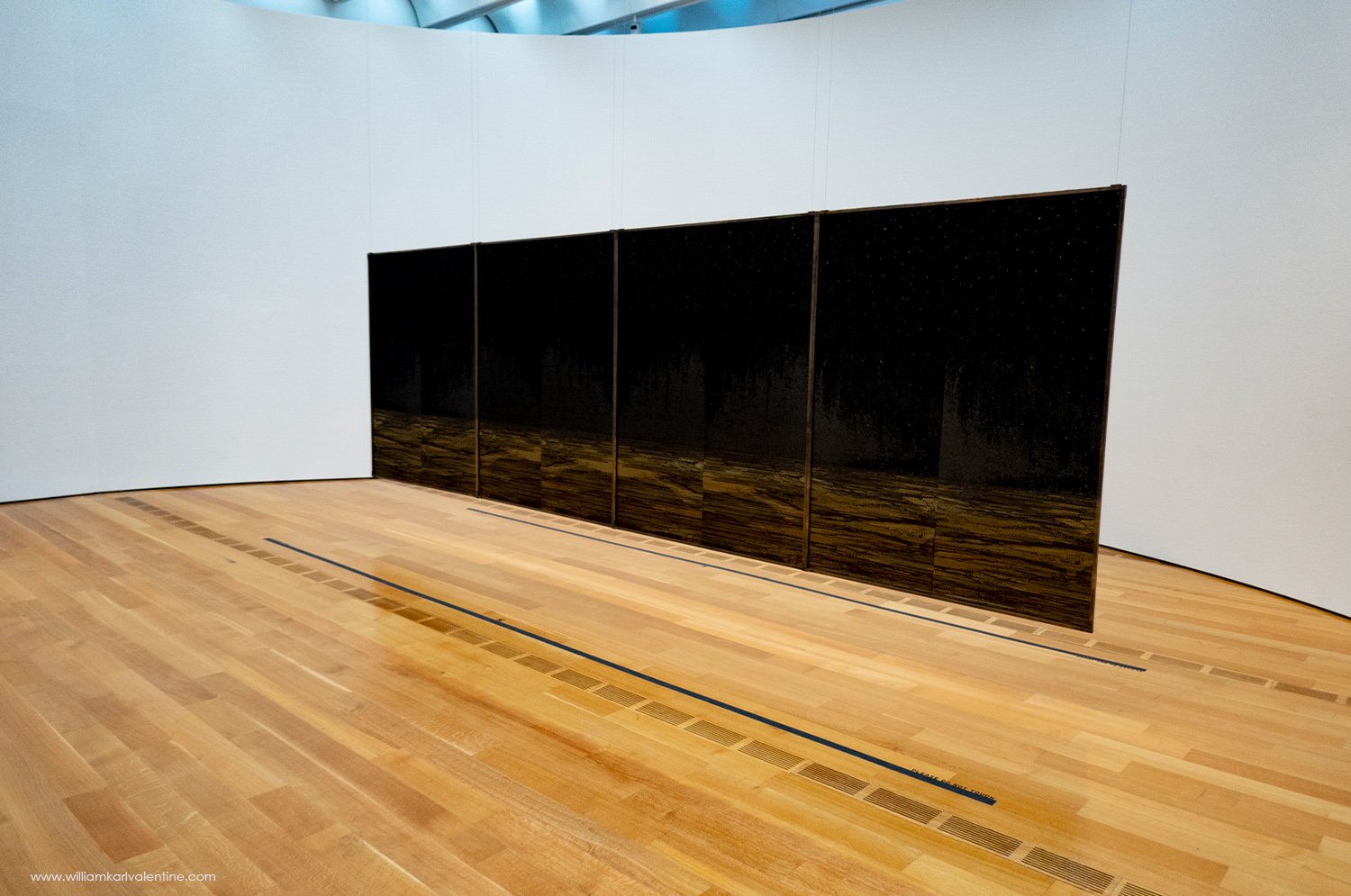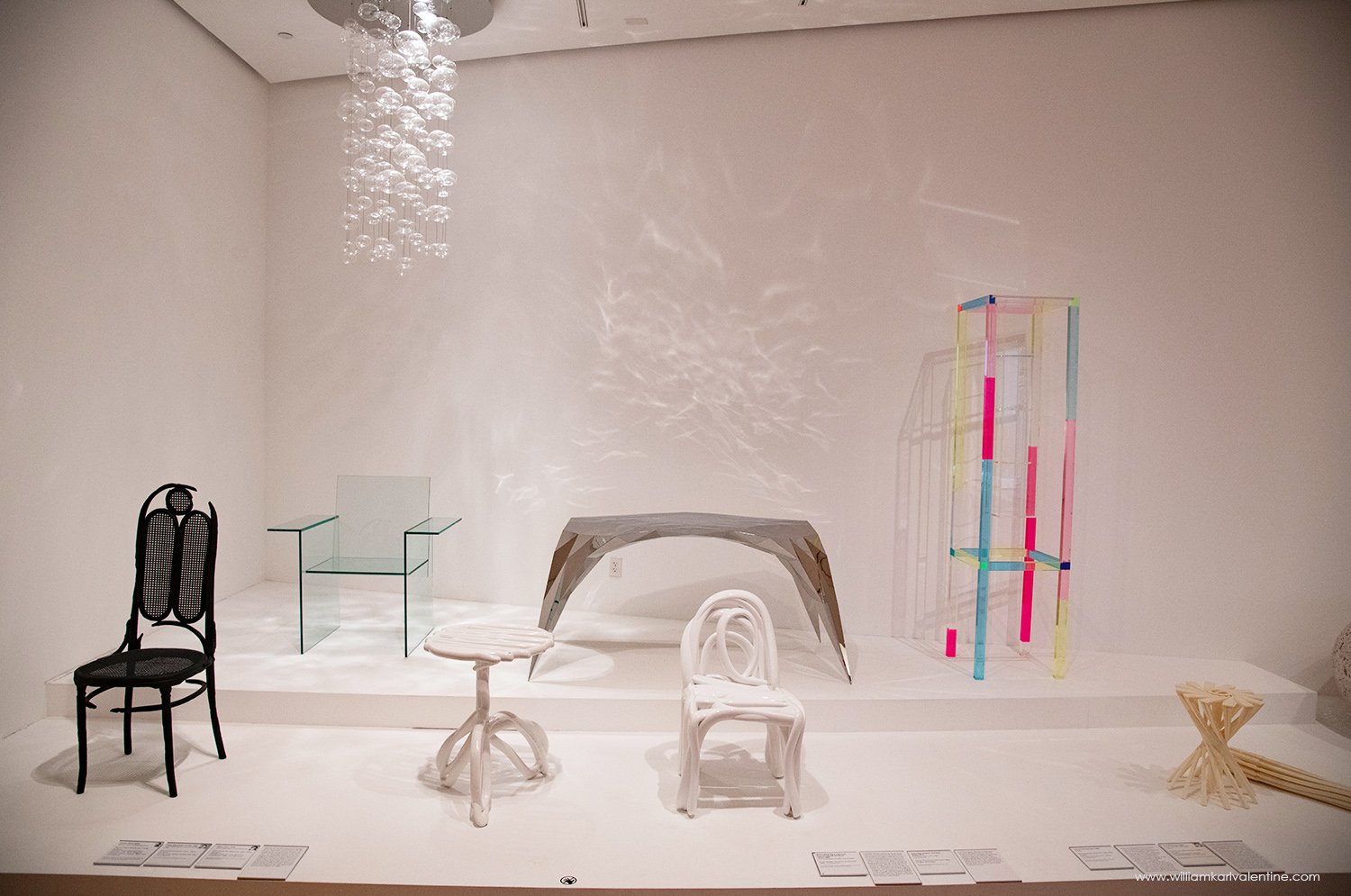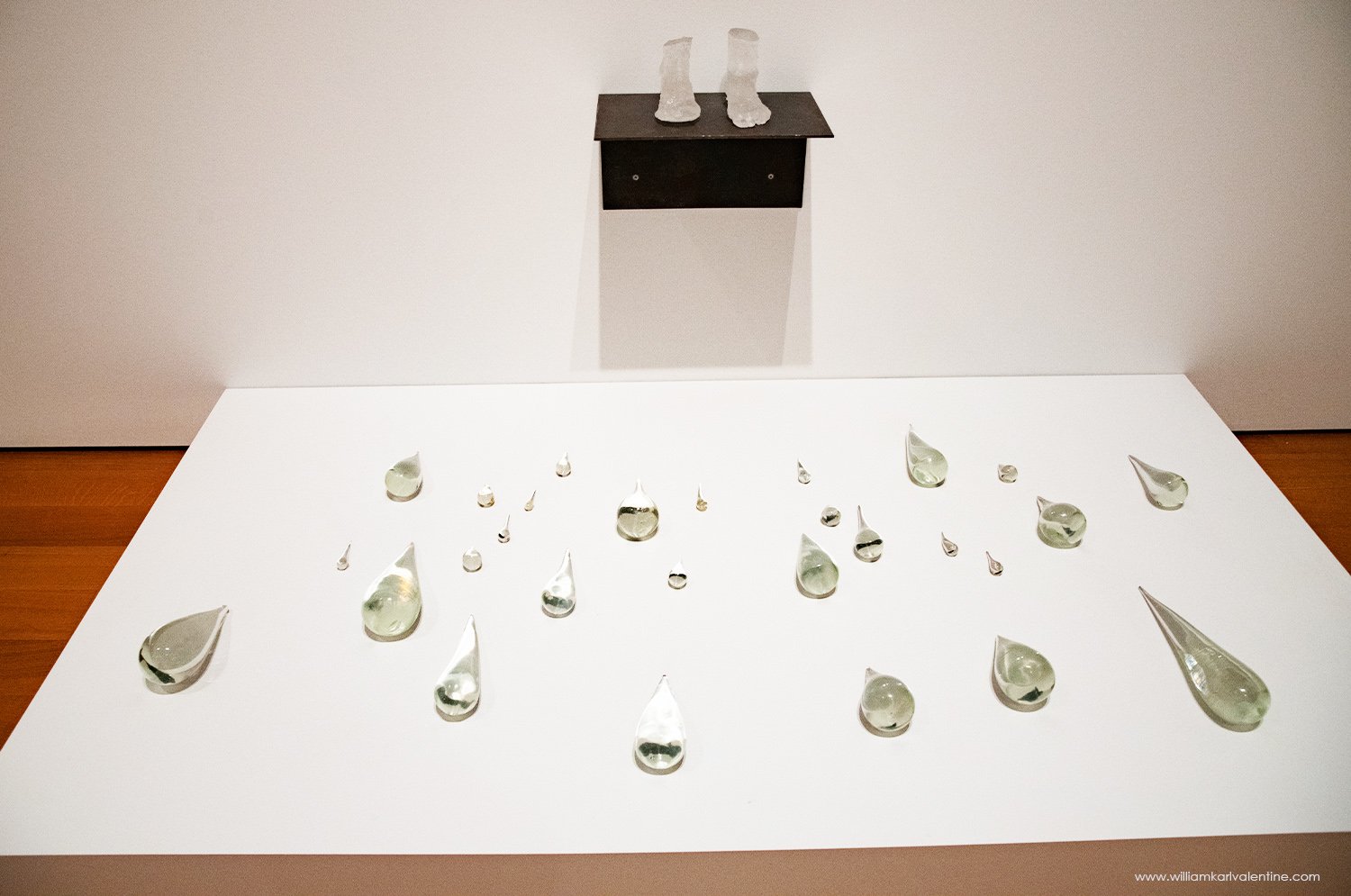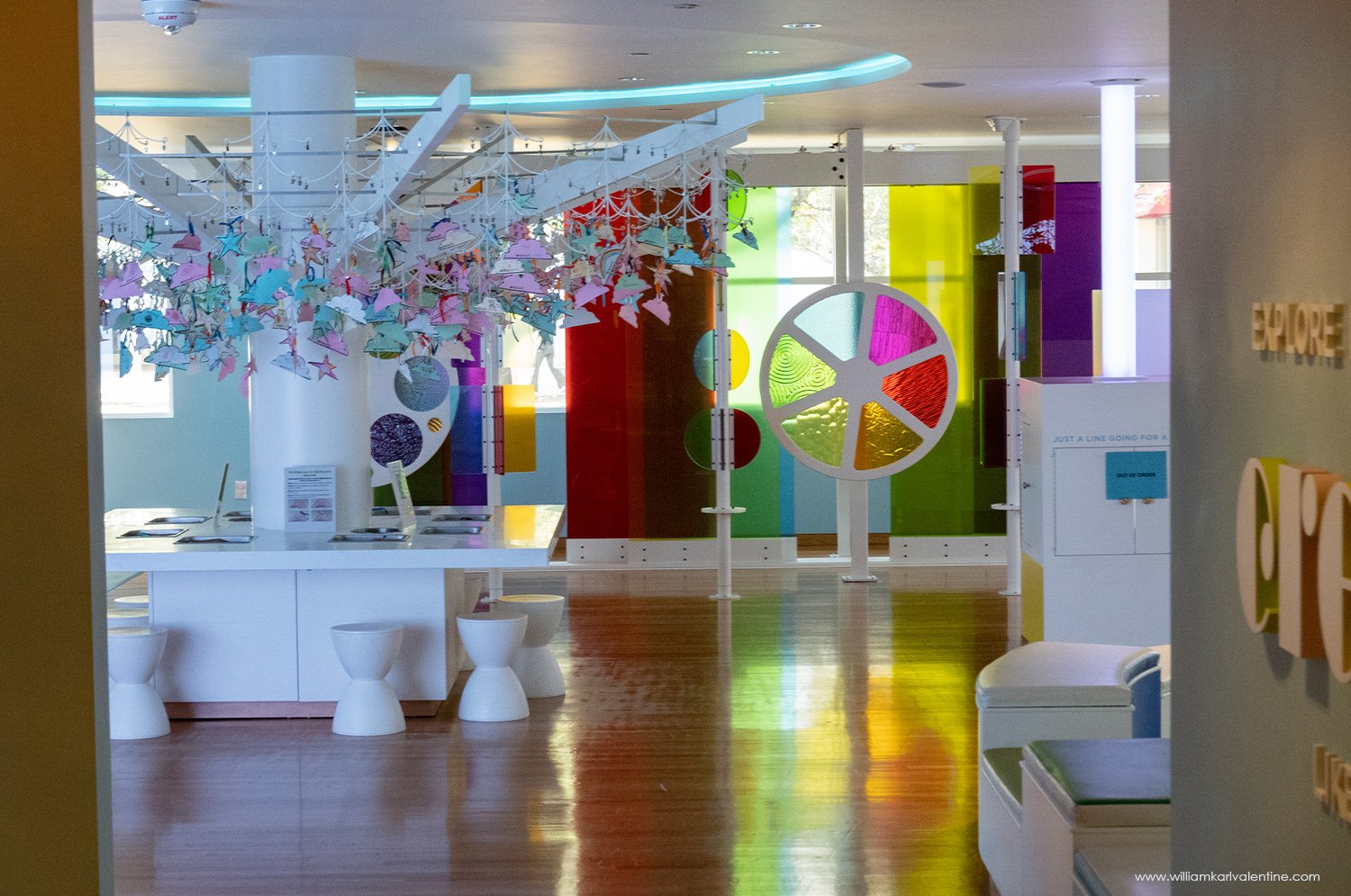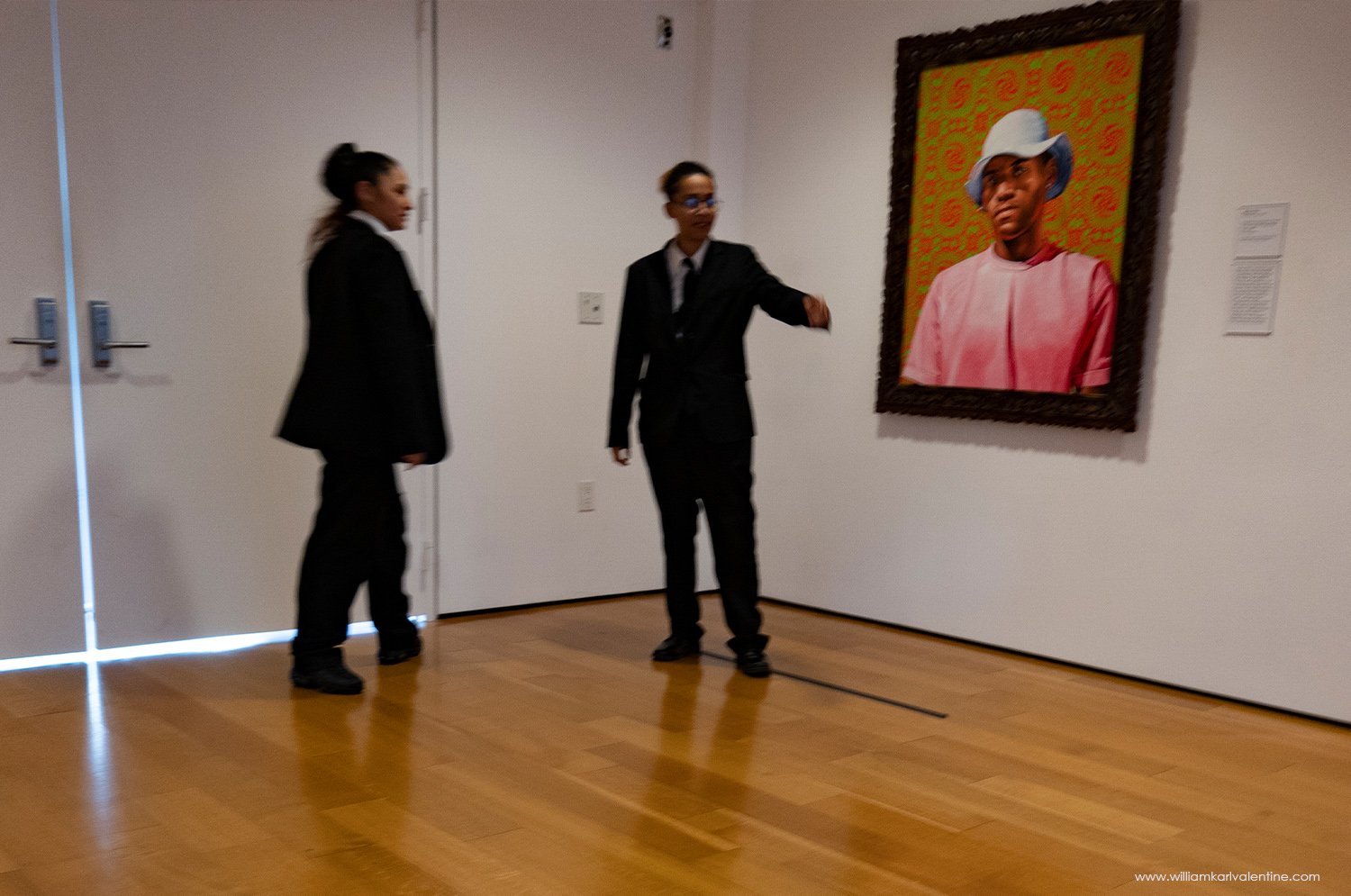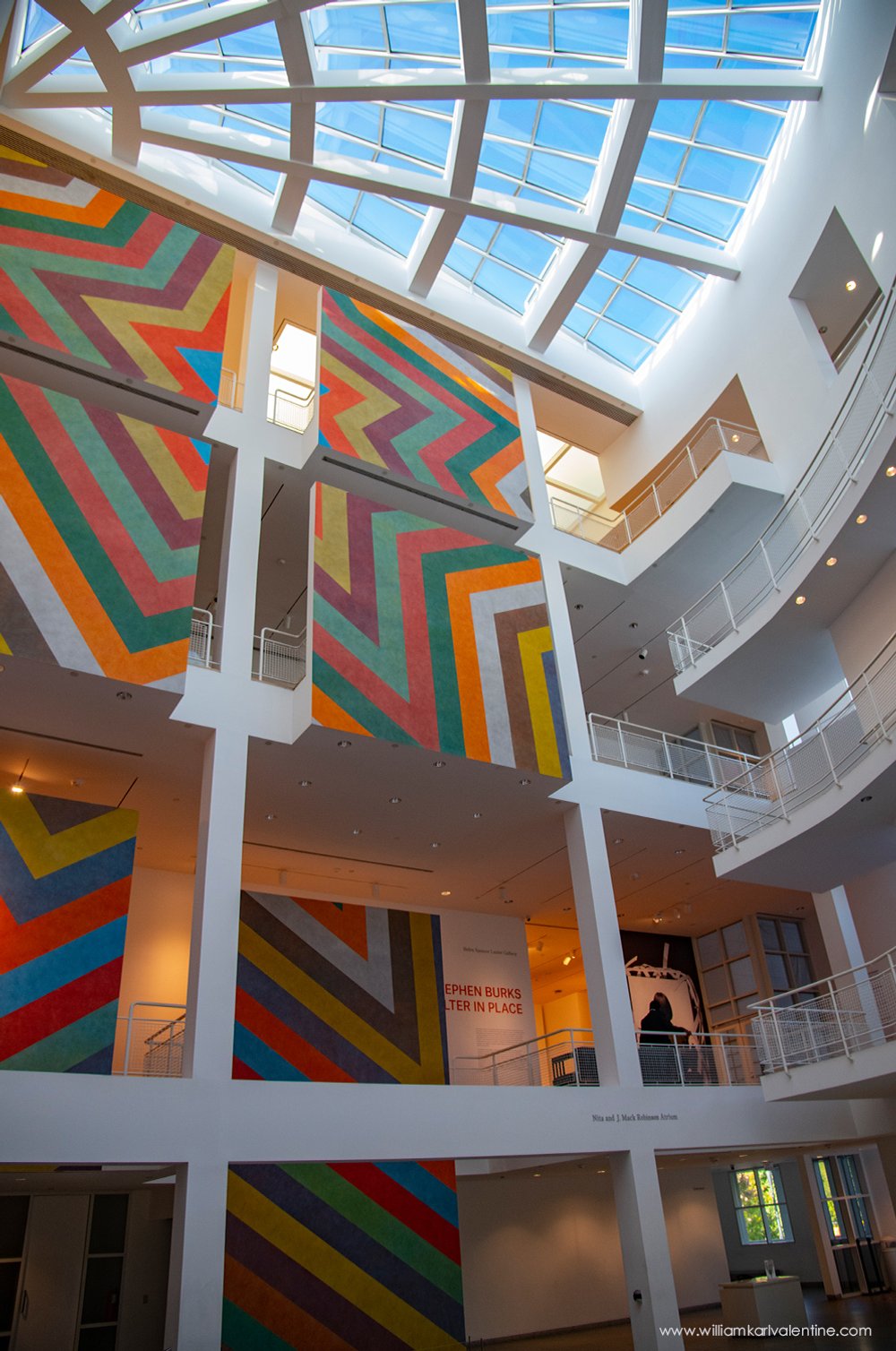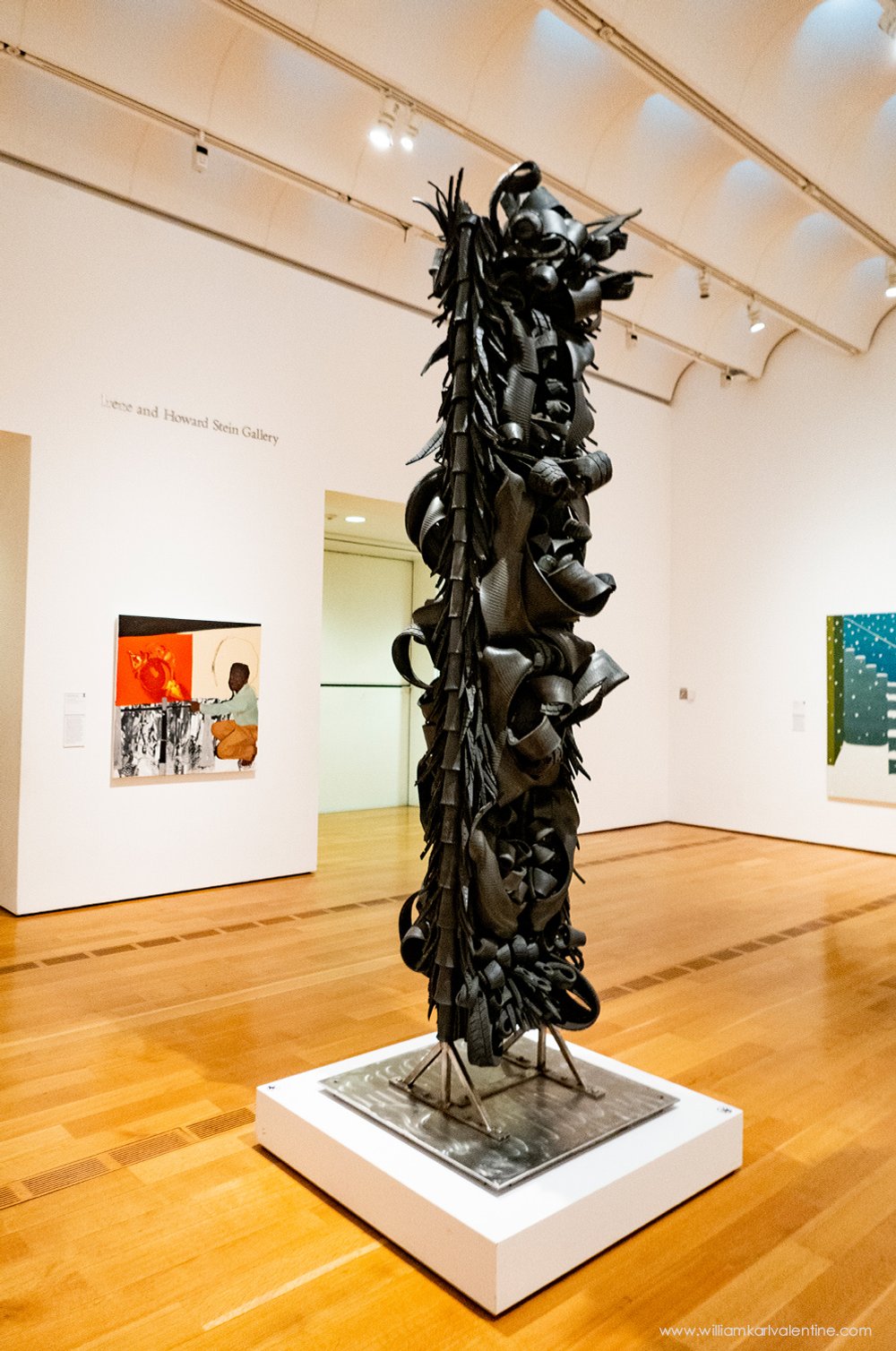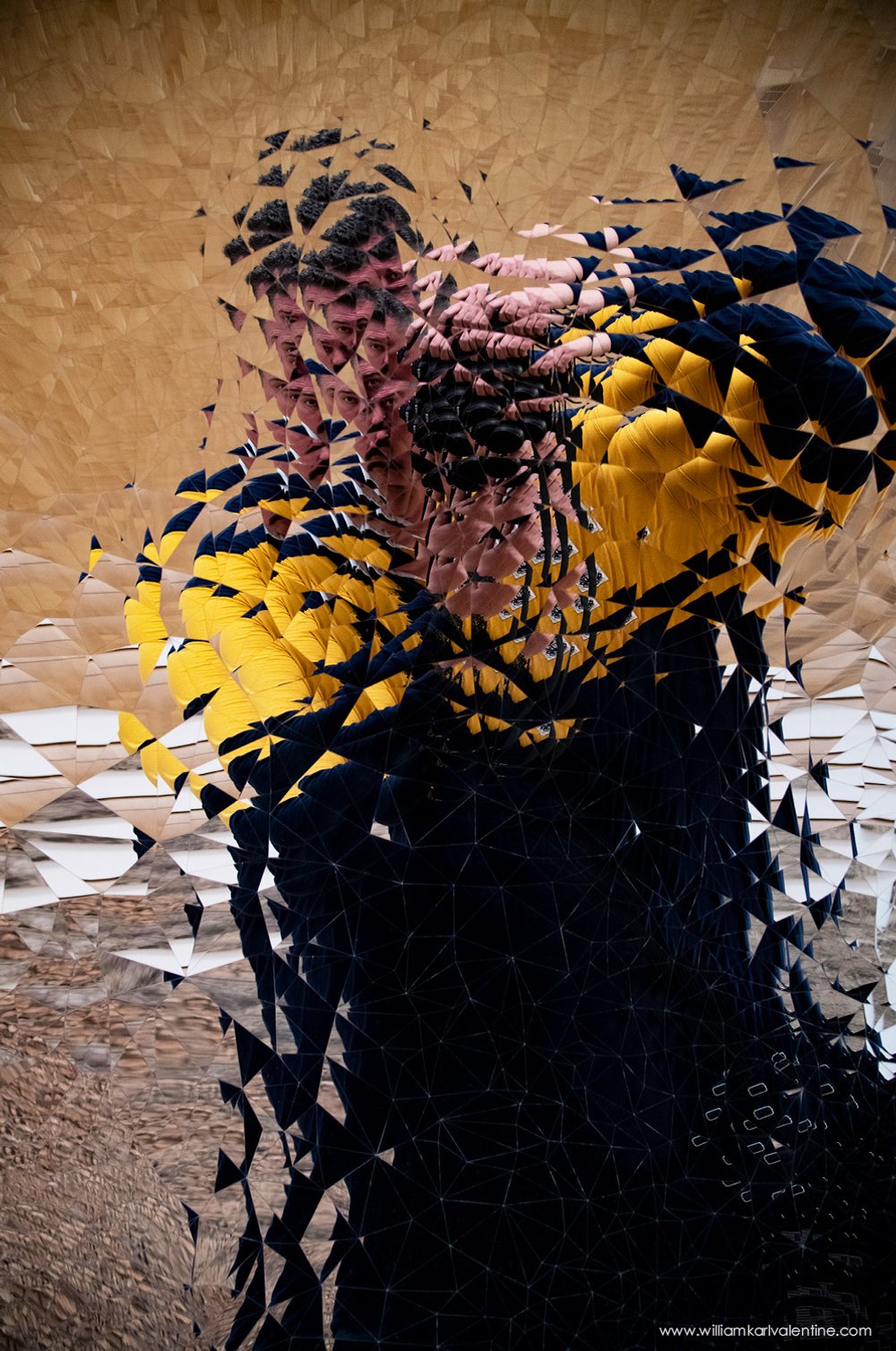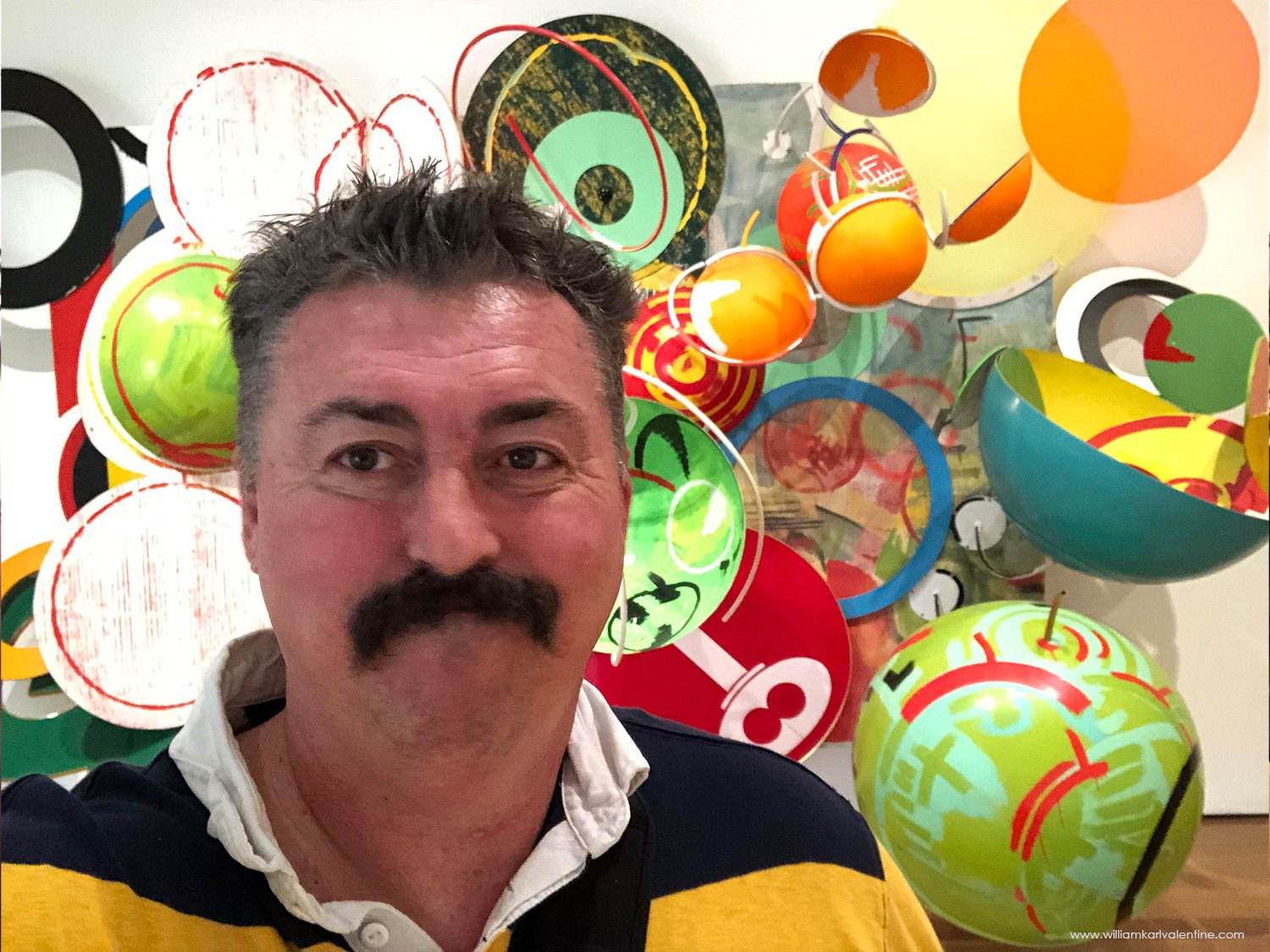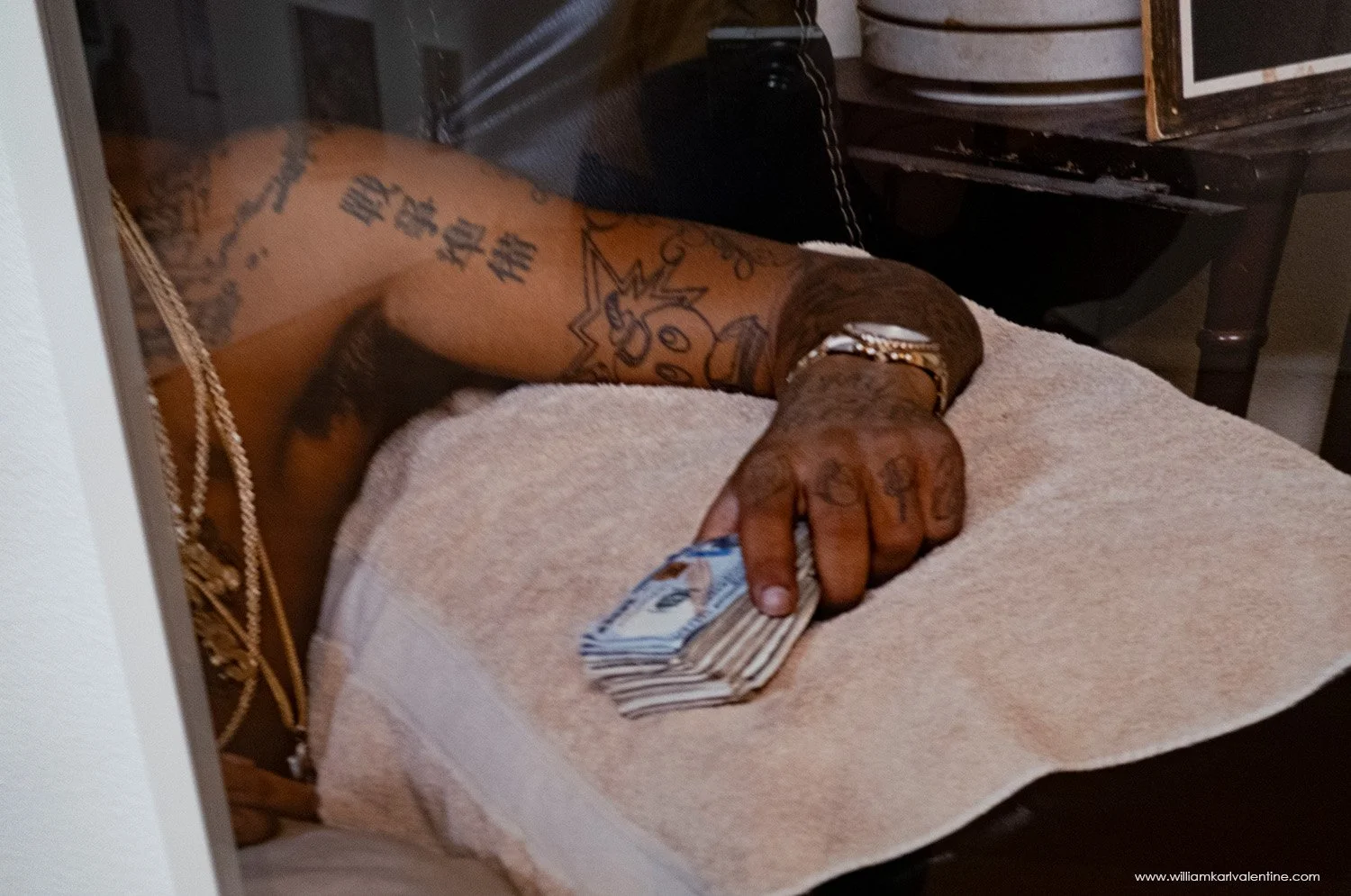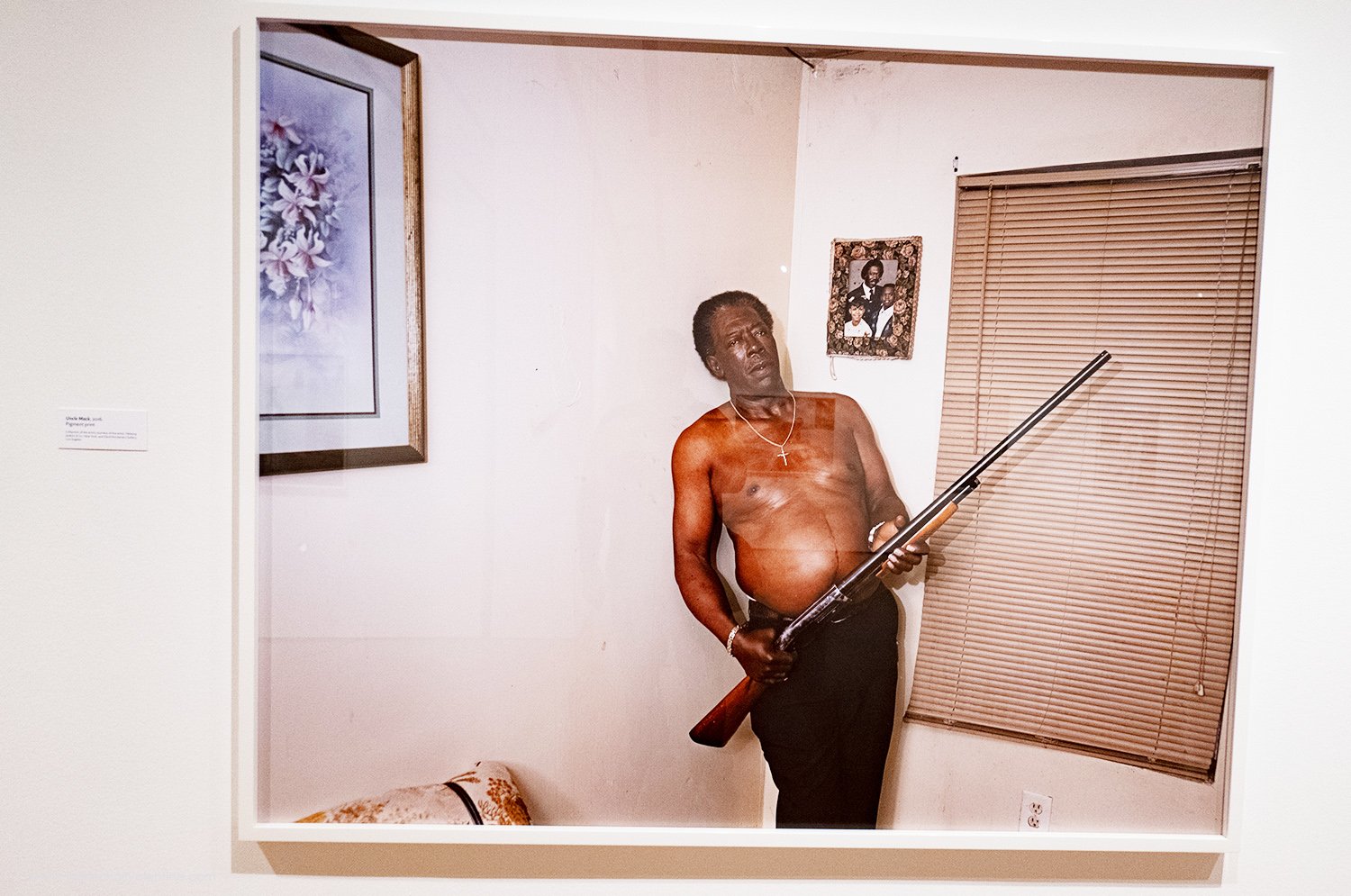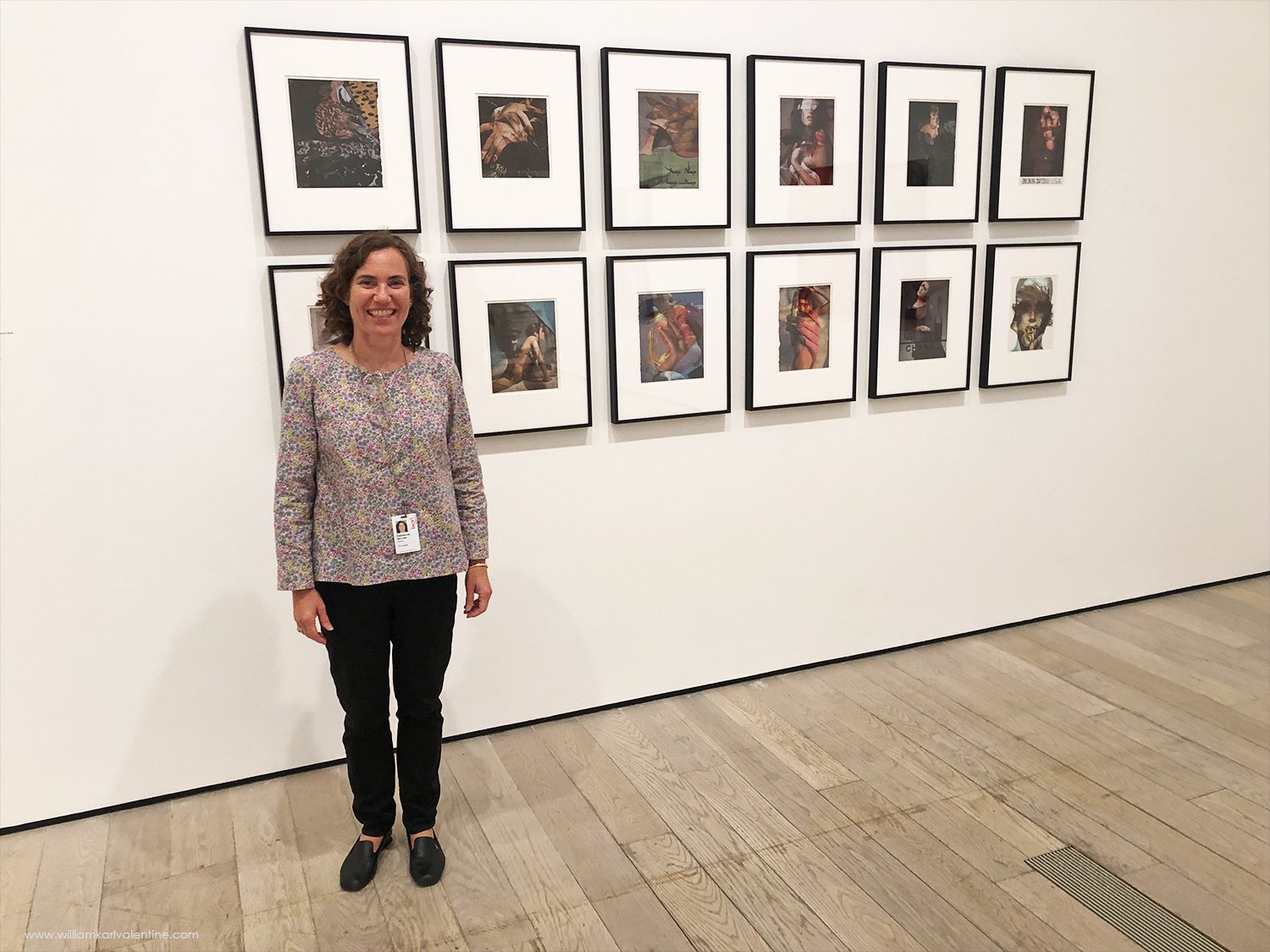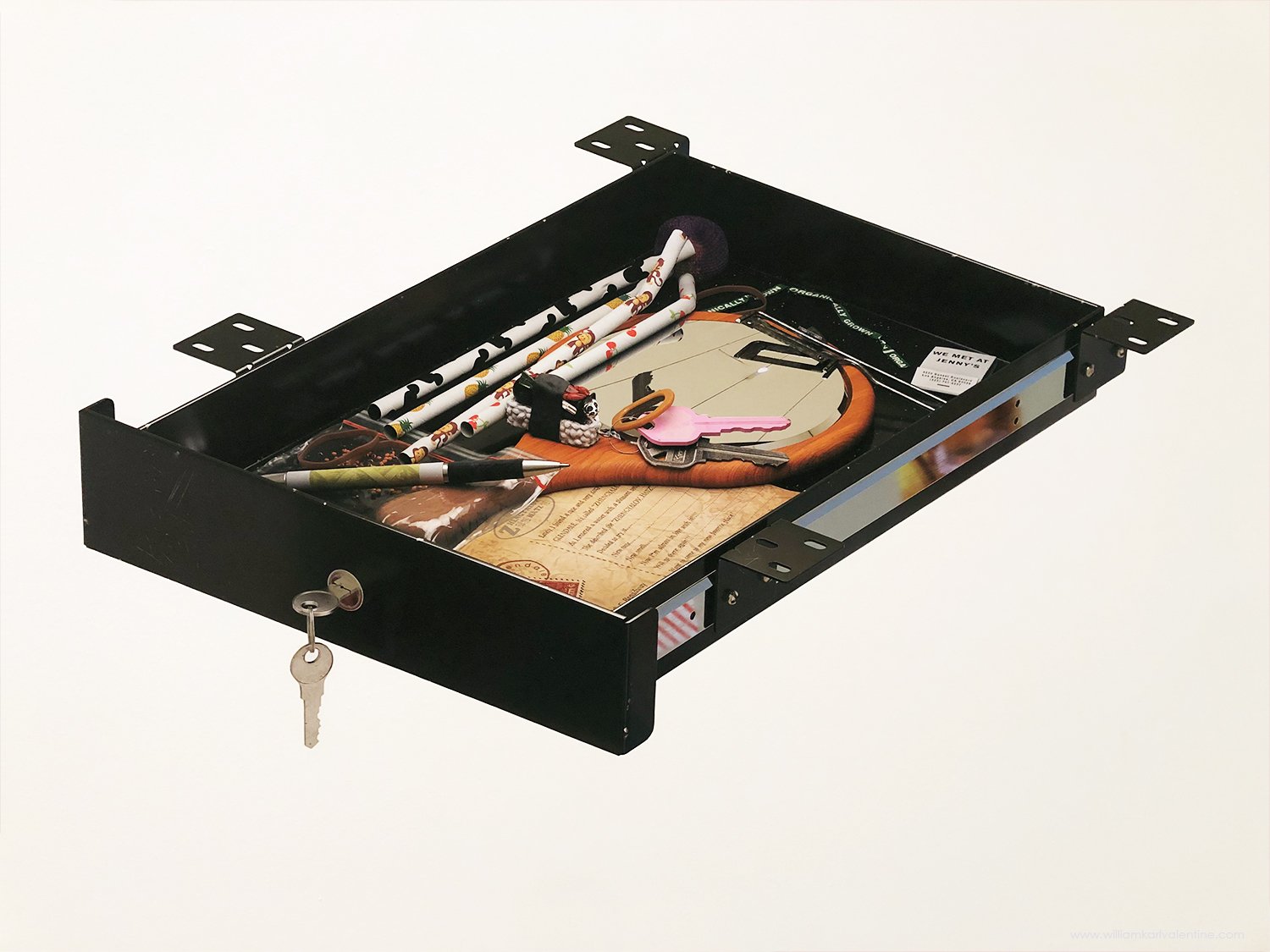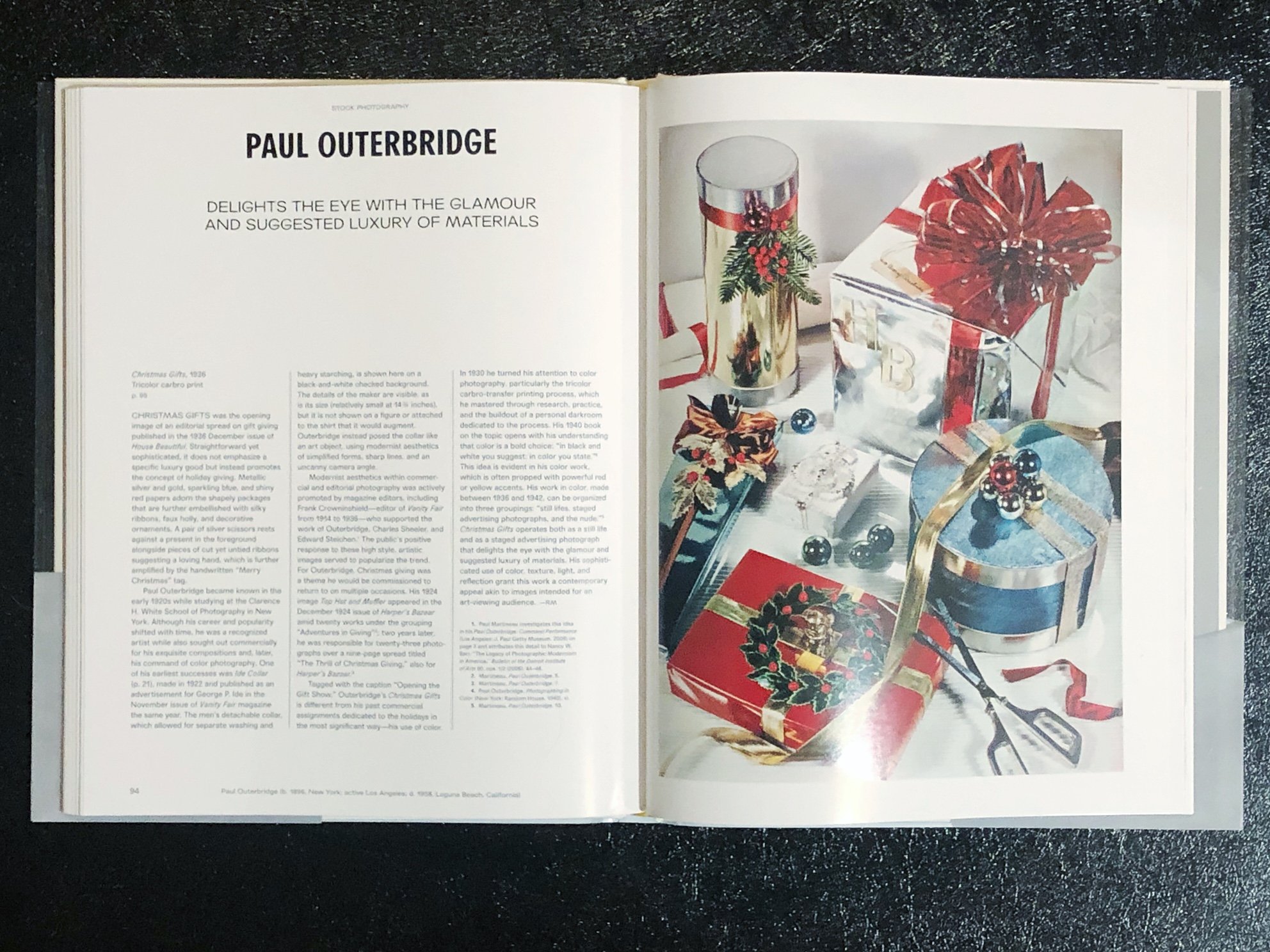Much of America is changing today because of ideological influences, migration, and a host of other factors that are too complex to get in to here. Many of our major cities have quality of life issues with things like the high cost of living, overcrowding, and criminal justice failures. Having visited Atlanta a couple years ago I felt the region seemed less affected by the problems in other parts of the country. I am not naïve to problems of the South’s past, but I didn’t feel the same racial tension in Atlanta that I have felt recently in Los Angeles (which has increased dramatically from when I was younger). The small portion of the South I have seen seems to be more like the America of the 20th Century than a lot of other parts of the country are today and I appreciate that. It is important to retain our American identity as a society while still appreciating and respecting the diversity within the whole. I think the residents in the South may be doing a better job of this than other regions of our country. So, with all this said, I think this book also has value documenting the community of the South which is separate from the history of photography element of the book. Another thing to appreciate is how many images in the book also document important historic and transformative moments in American history.
I have reviewed several books here on my blog and with each the goal is to give a fair evaluation of the book along with my personal taste opinions. One thing I always try to identify is who the book is best suited for, since photography interests and tastes are so varied and photography books can be expensive. This is one of the few recent books that I believe would be a good addition to anyone’s photography library. This book is as complete a document as you can author for the subject. The reader will definitely learn something new about the medium and probably rediscover some images they had not thought about in a while. The book is well worth the price, Amazon now has it for $47. It is important for photographers to understand the history of the medium to be good at their craft. I know most of us think New York is the center of the photographic universe but the photographs from the American South are some of the most important images ever made.
The book’s official description is as follows:
Collects over 175 years of key moments in the visual history of the Southern United States, with over two hundred and fifty photographs taken from 1845 to present. The South is perhaps the most mythologized region in the United States and also one of the most depicted. Since the dawn of photography in the nineteenth century, photographers have articulated the distinct and evolving character of the South’s people, landscape, and culture and reckoned with its fraught history. Indeed, many of the urgent questions we face today about what defines the American experience—from racism, poverty, and the legacy of slavery to environmental disaster, immigration, and the changes wrought by a modern, global economy—appear as key themes in the photography of the South. The visual history of the South is inextricably intertwined with the history of photography and also the history of America, and is therefore an apt lens through which to examine American identity. A Long Arc: Photography and the American South accompanies a major exhibition at the High Museum of Art in Atlanta, with more than one hundred photographers represented, including Walker Evans, Robert Frank, Gordon Parks, William Eggleston, Sally Mann, Carrie Mae Weems, Dawoud Bey, Alec Soth, and An-My Lê. Insightful texts by Imani Perry, Sarah Kennel, Makeda Best, and Rahim Fortune, among others, illuminate this broad survey of photographs of the Southern United States as an essential American story. Copublished by Aperture and High Museum of Art, Atlanta
Details
Format: Hardback
Number of pages: 304
Number of images: 275
Publication date: 2023-11-21
Measurements: 8.07 x 11.42 inches
ISBN: 9781597115513
Contributors
Imani Perry is the Hughes-Rogers Professor of African American Studies at Princeton University and a faculty associate with the programs in law and public affairs, gender and sexuality studies, and jazz studies.
Sarah Kennel is the Aaron Siskind Curator of Photography and Director of the Raysor Center for Works on Paper at Virginia Museum of Fine Arts, Richmond.
Gregory J. Harris is the Donald and Marilyn Keough Family Curator of Photography at the High Museum of Art.
Makeda Best is the Richard L. Menschel Curator of Photography at the Harvard Art Museums.
LeRonn P. Brooks is associate curator for modern and contemporary collections at the Getty Research Institute in Los Angeles.
Rahim Fortune is a photographer living and working between Austin and Brooklyn.
Grace Elizabeth Hale is commonwealth professor of American studies and history at the University of Virginia.
Maria L. Kelly is assistant curator of photography at the High Museum of Art.
Scott L. Matthews is assistant professor of history at Florida State College at Jacksonville.
Brian Piper is Andrew W. Mellon Foundation Assistant Curator of Photographs at the New Orleans Museum of Art.
Press Quotes:
“The magnificence of a retrospective like this is not just the accounting offered by its historical sweep, but the way it conveys the immense complexity of this region, to inspire a renewed attention to the cruel radiance of what is. Suffering does not always lead to compassion and change, but photographs like these remind us that standing in witness to suffering surely should.”—Margaret Renkl, The New York Times
“…these photographs demonstrate how essential the South has been not only to American history and identity, but to American photography—from Mathew Brady’s battlefield images of the Civil War (1861–65) to the intimate interiors of Carrie Mae Weems.”—Andrew Durbin, Frieze magazine
